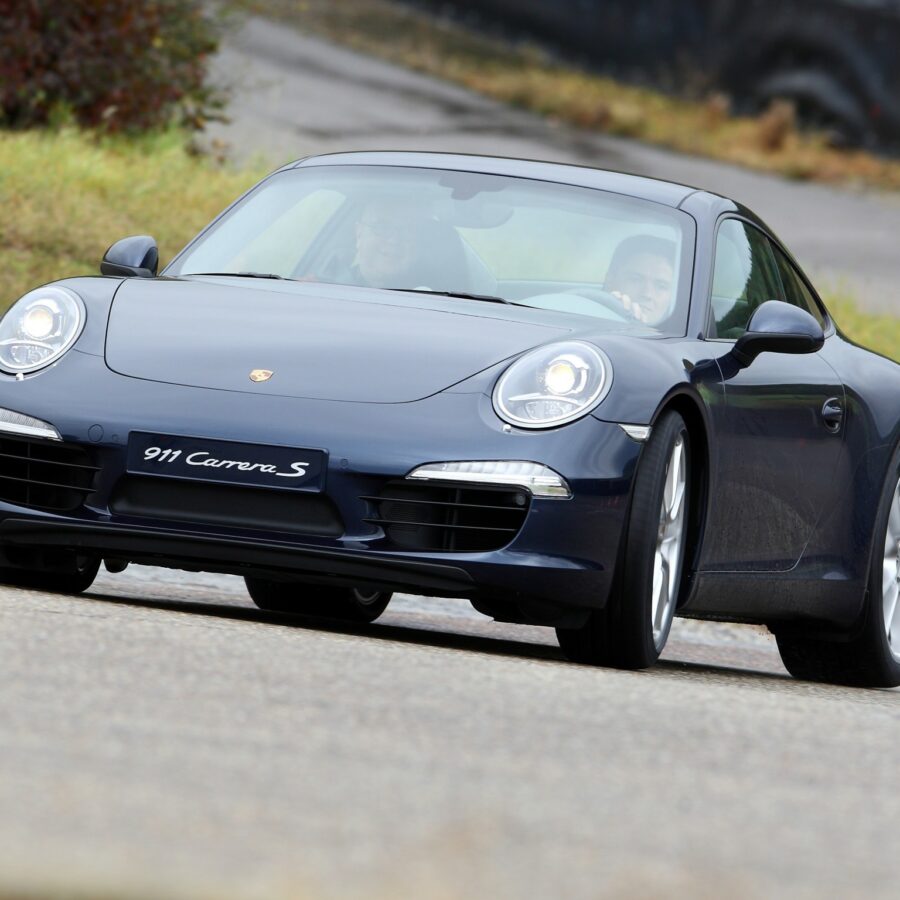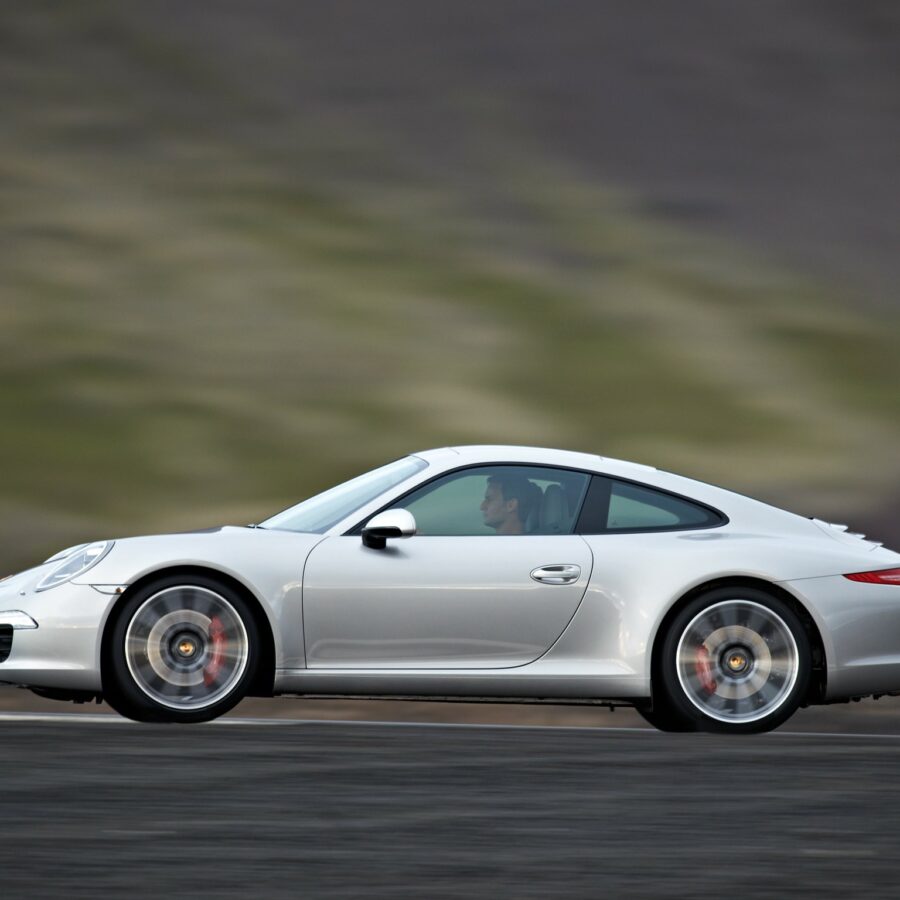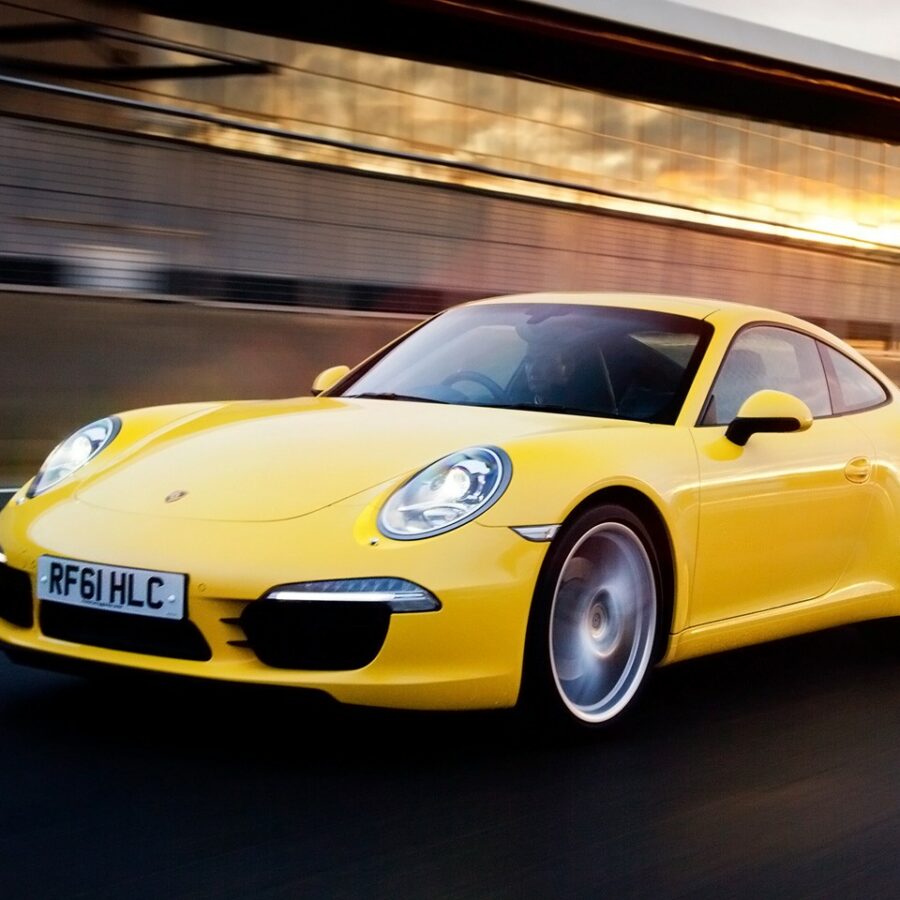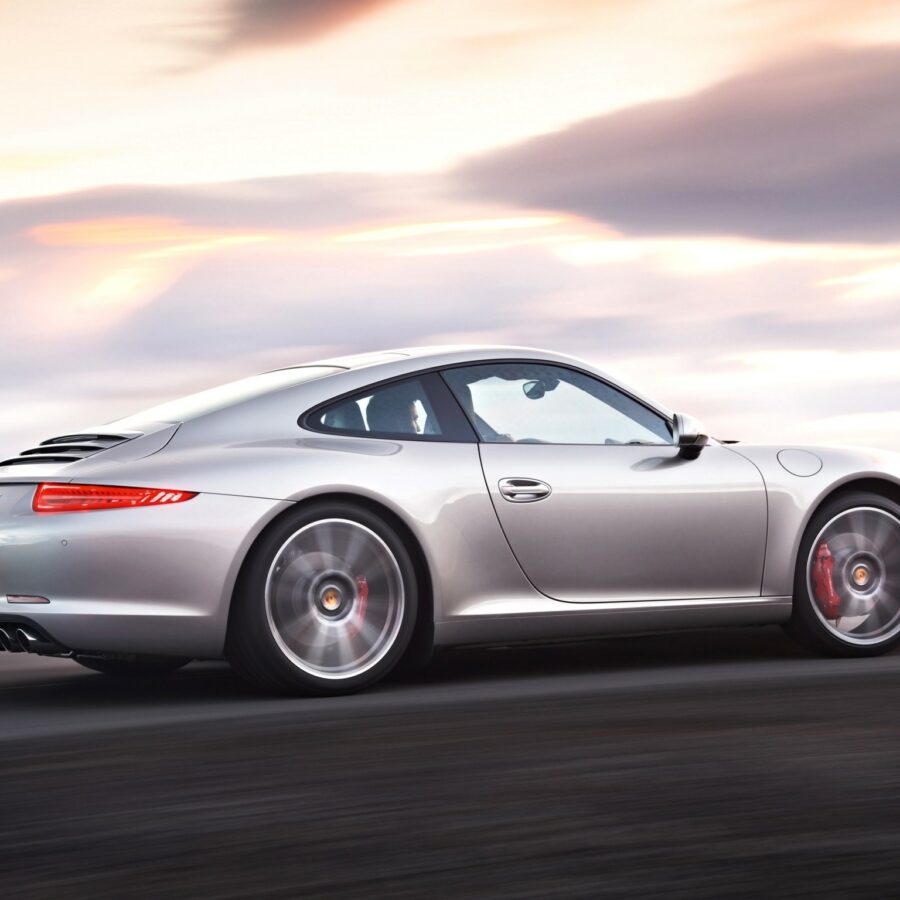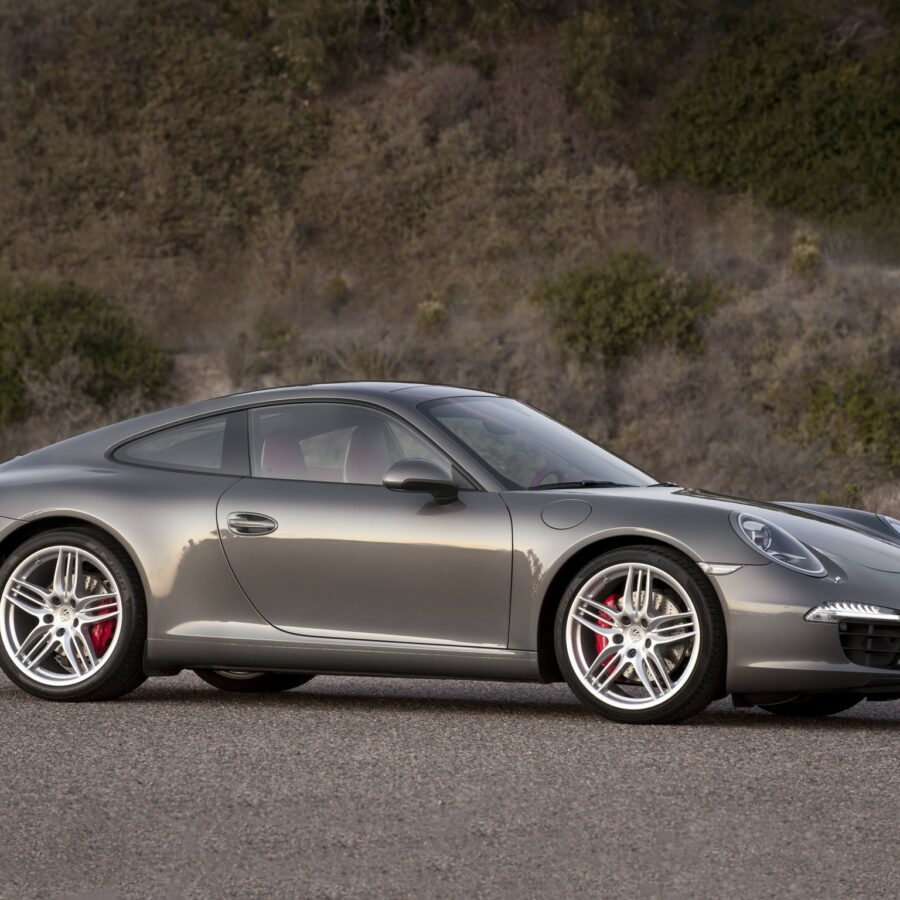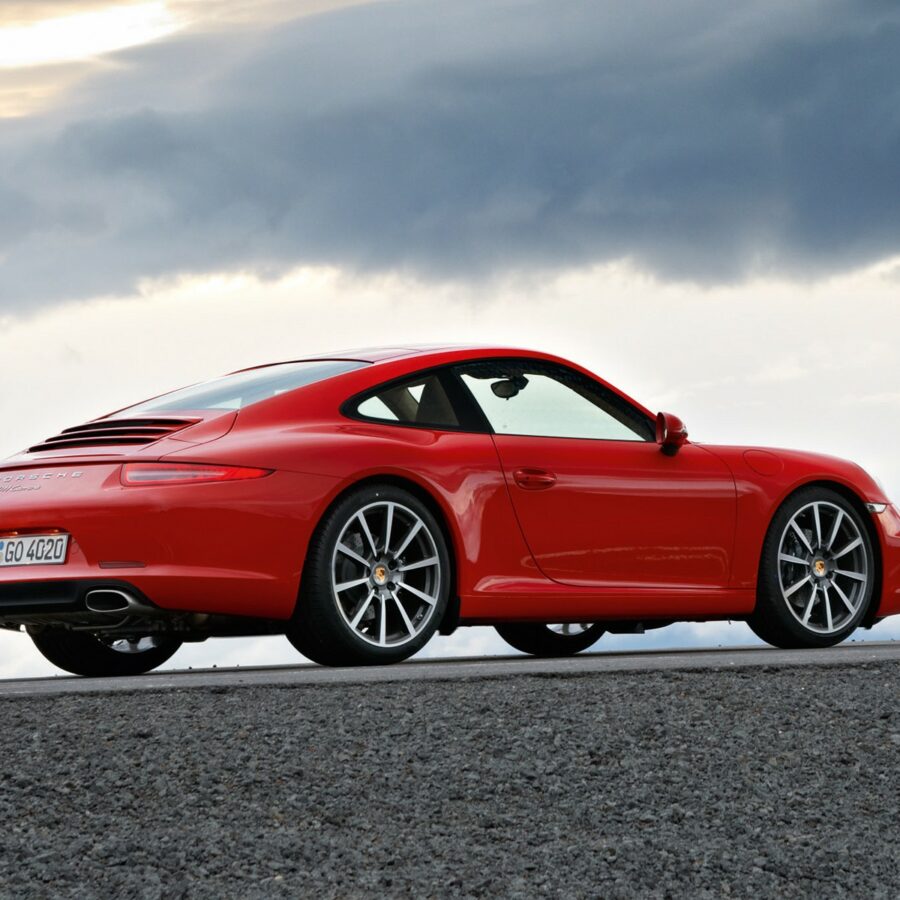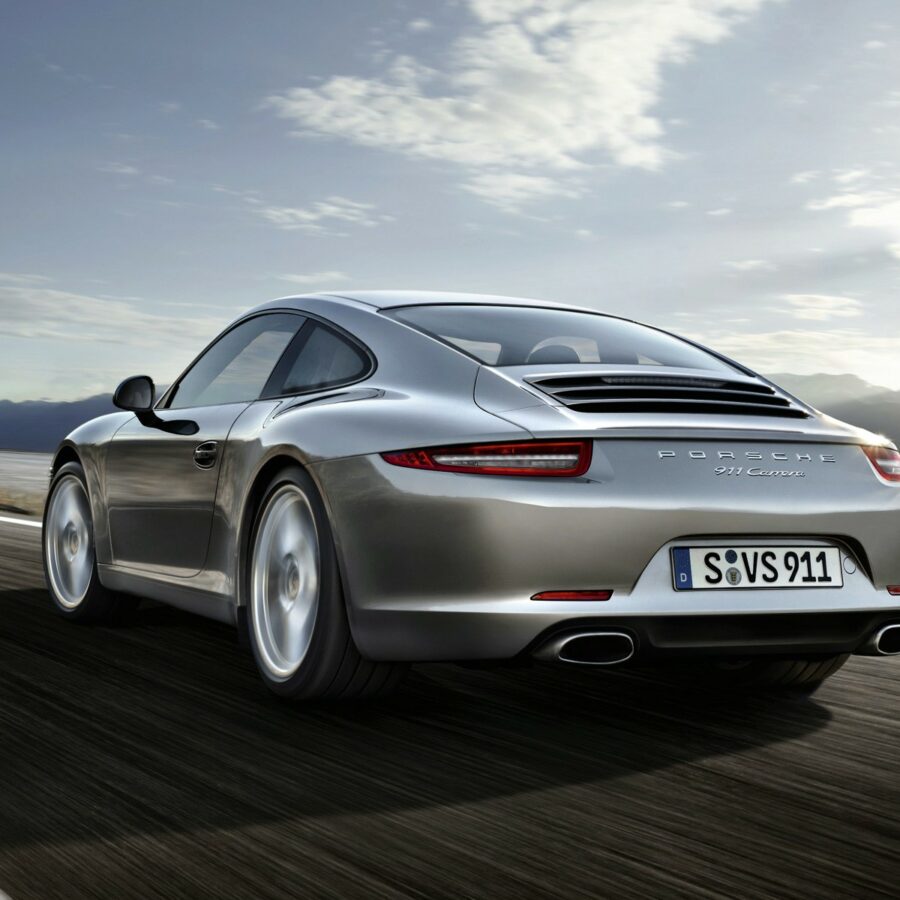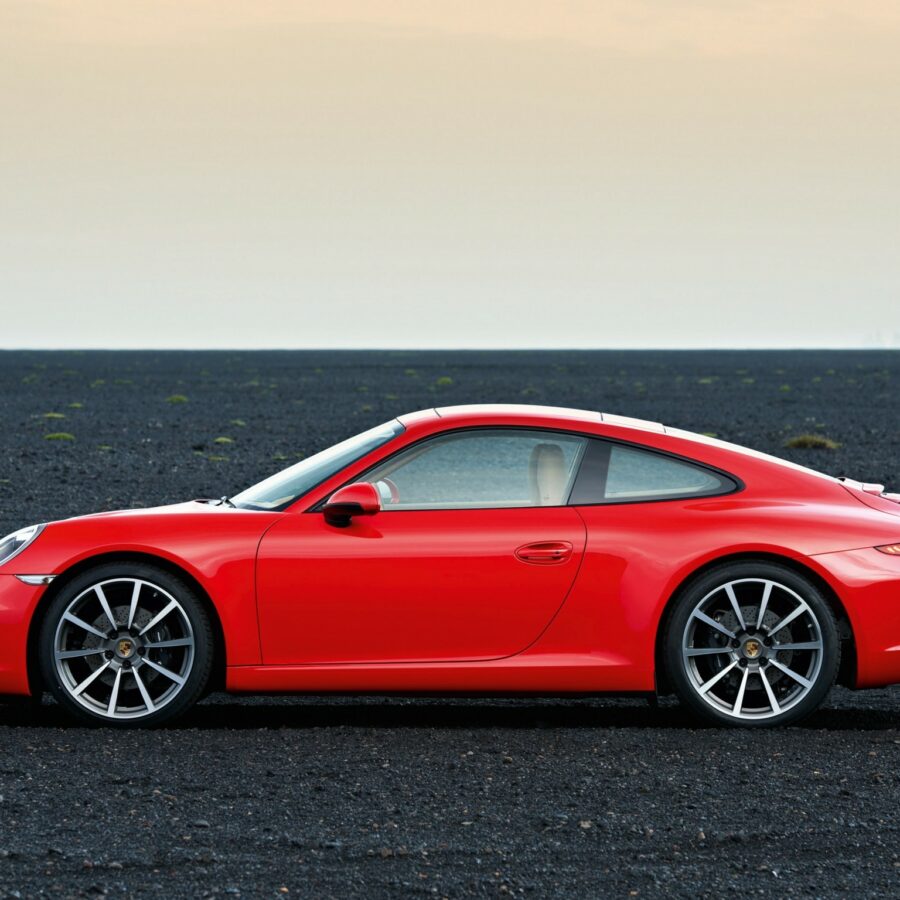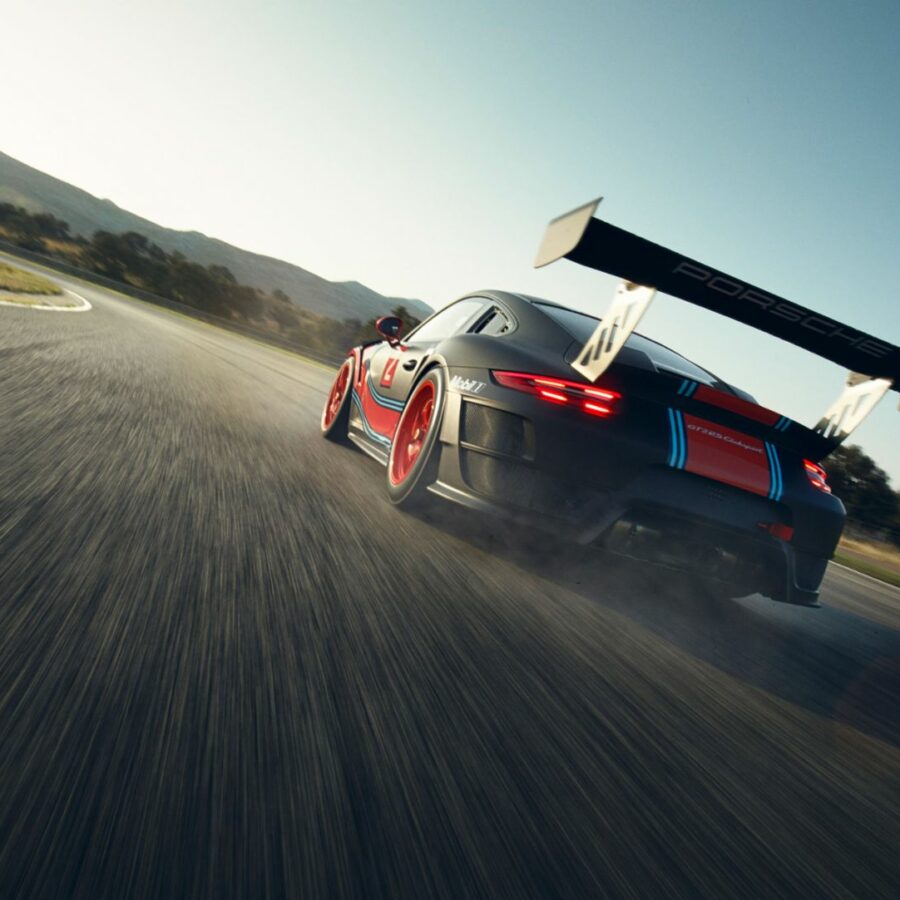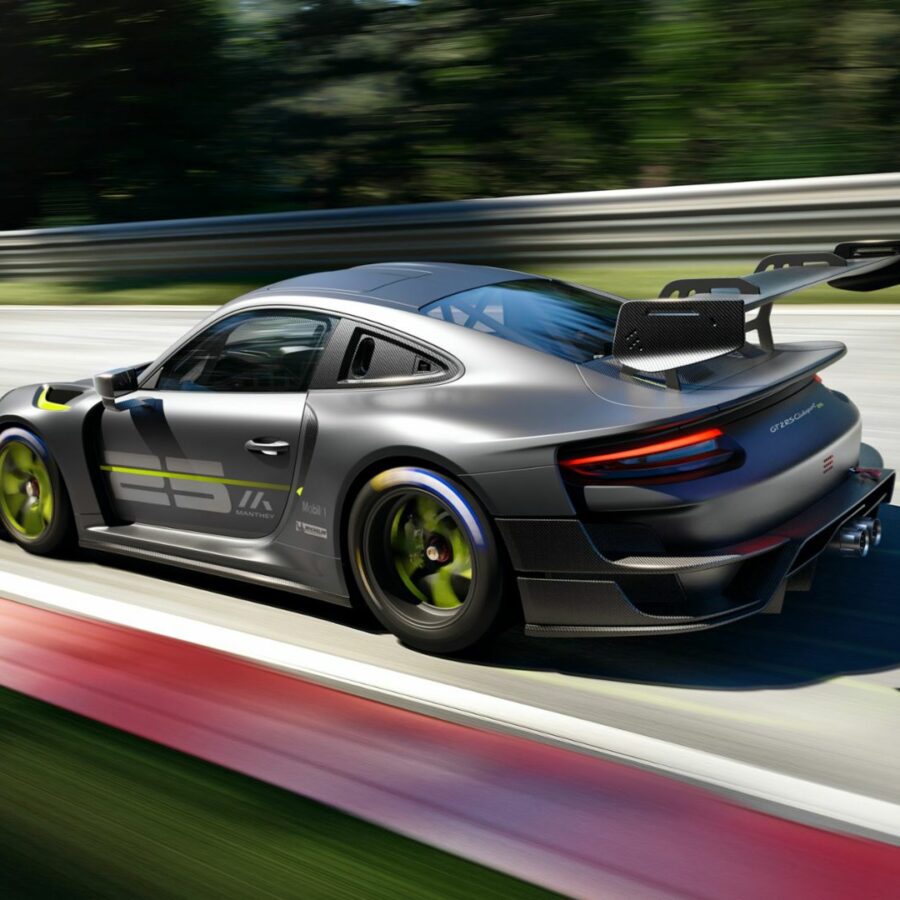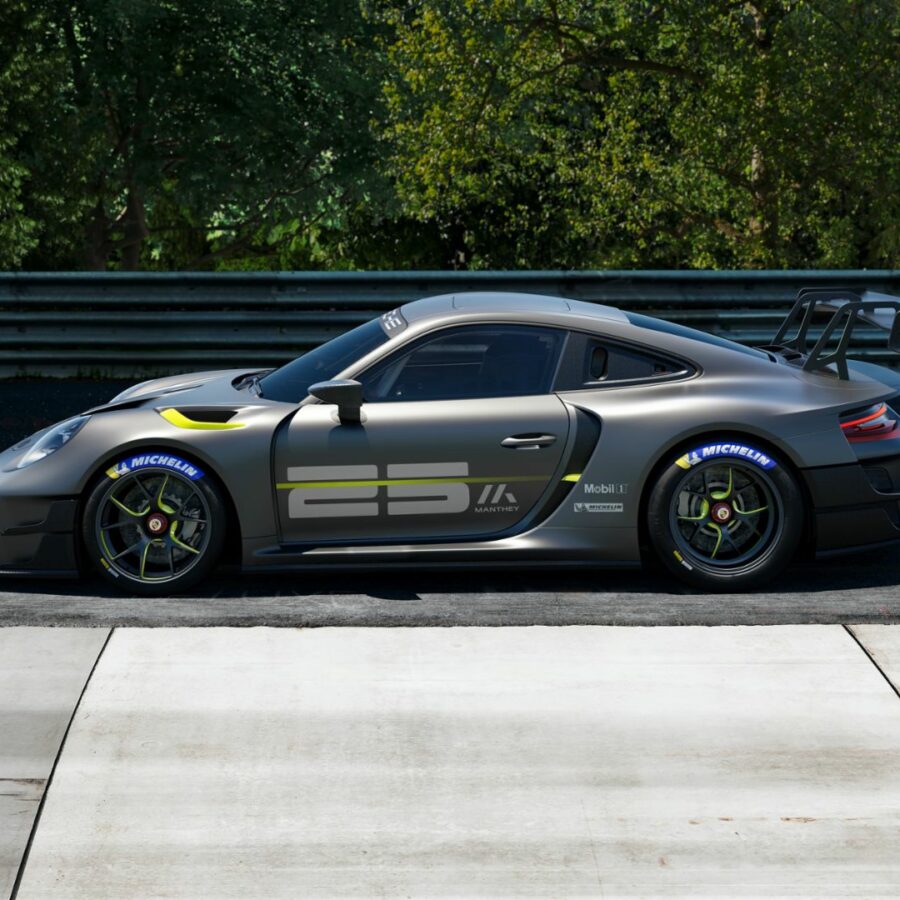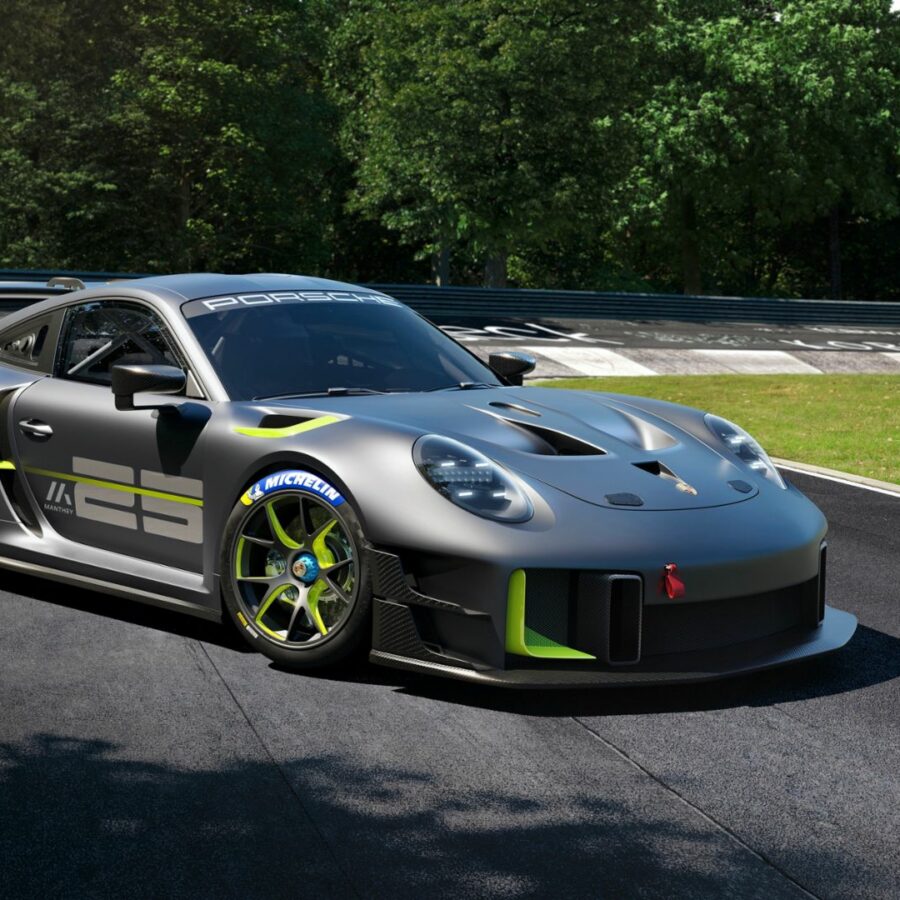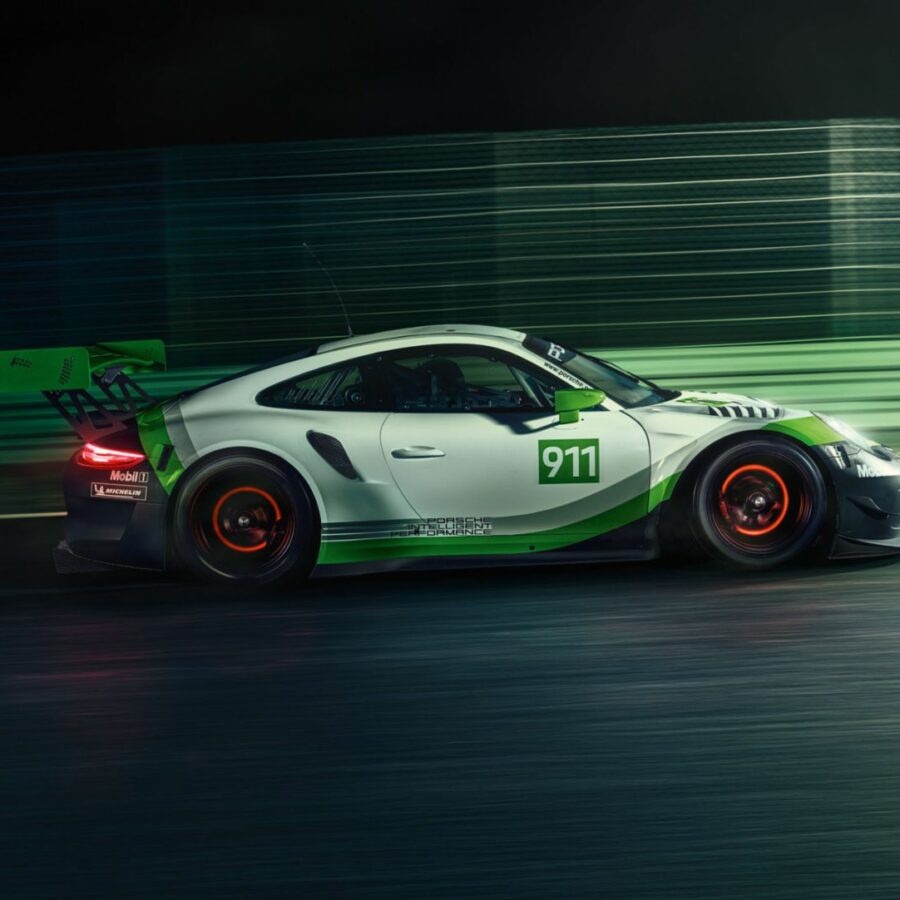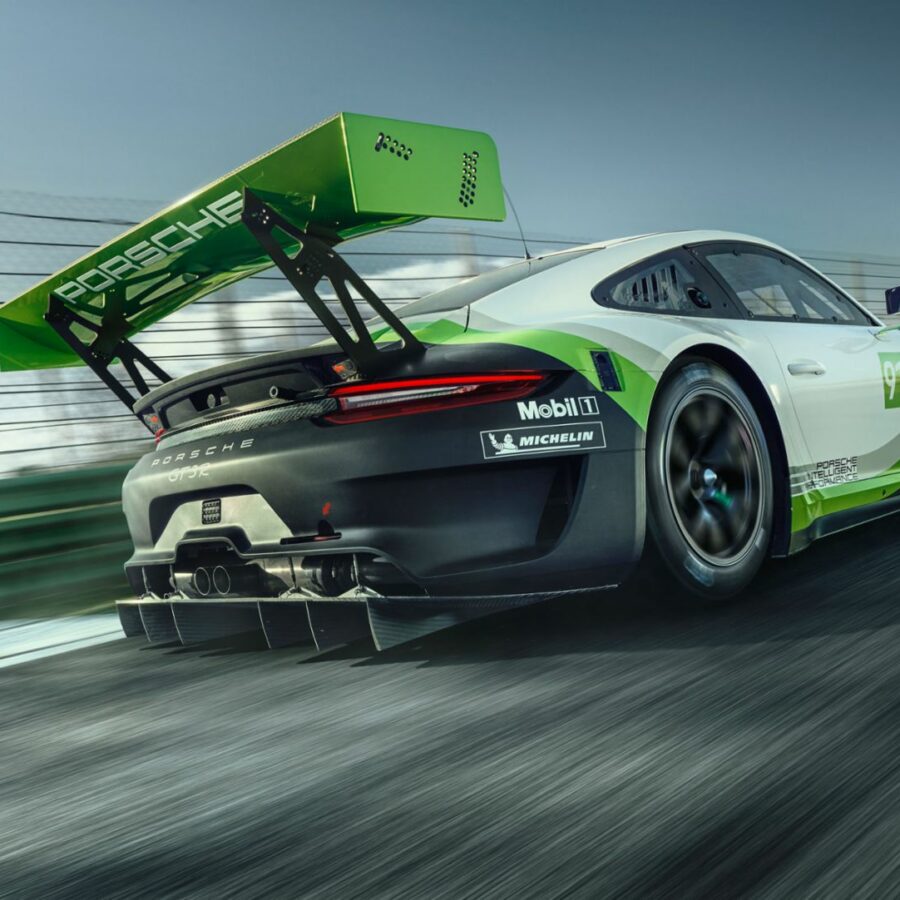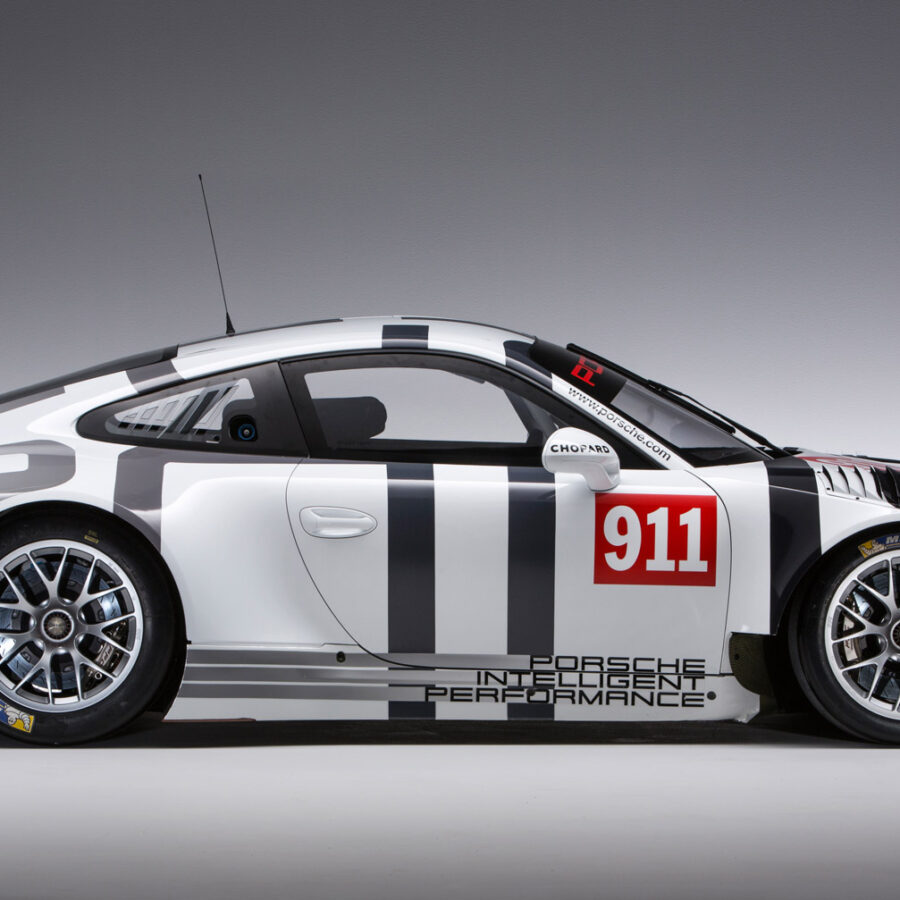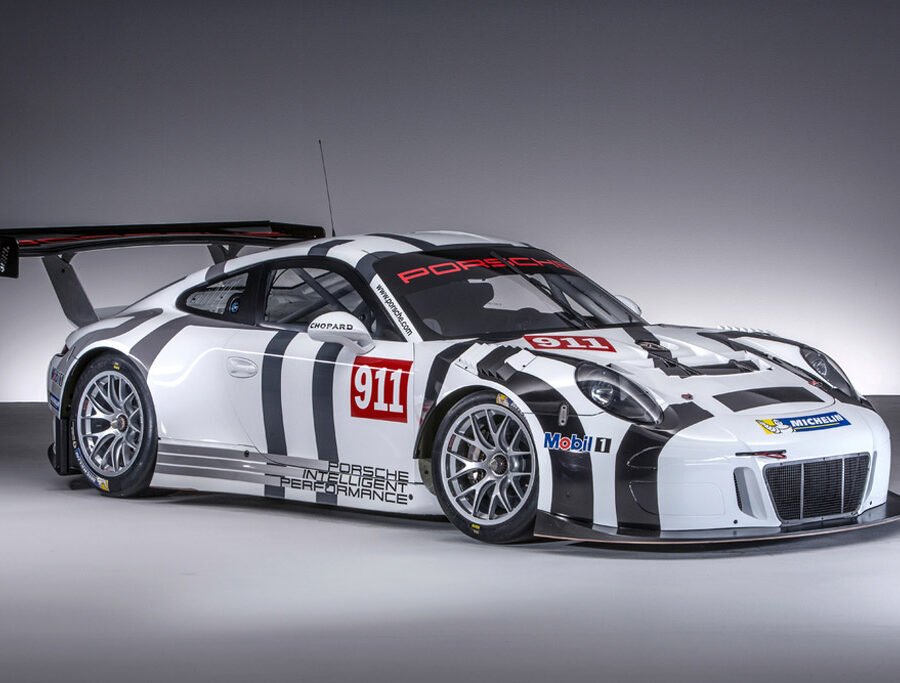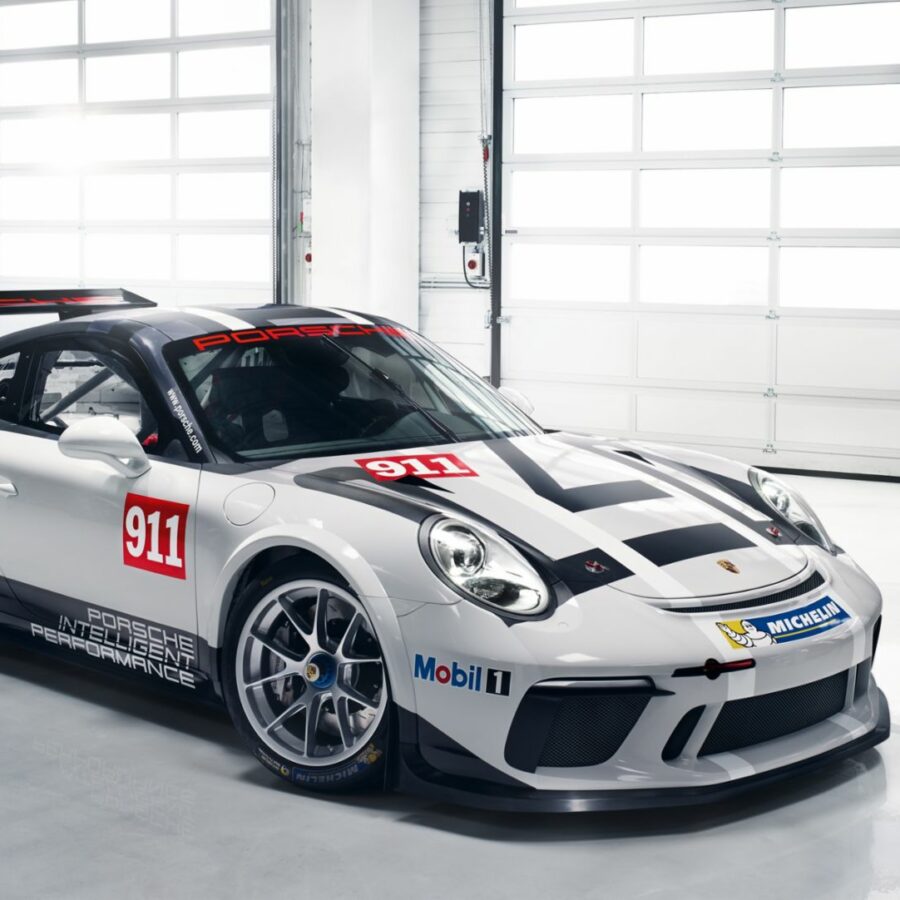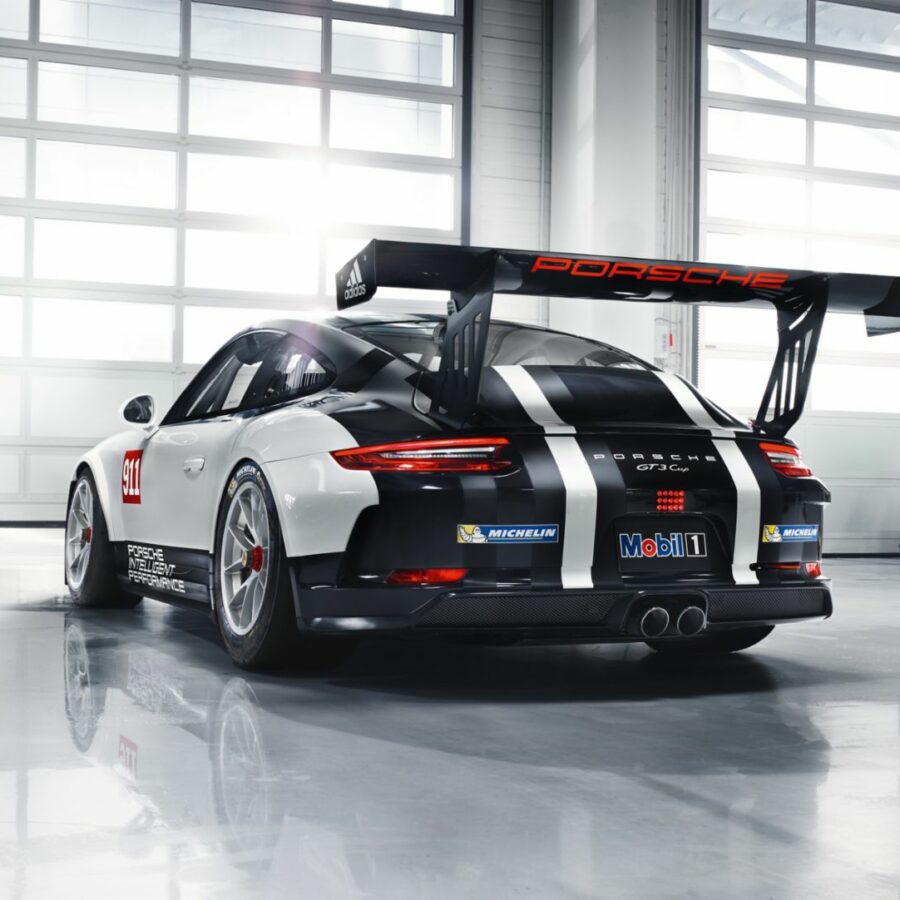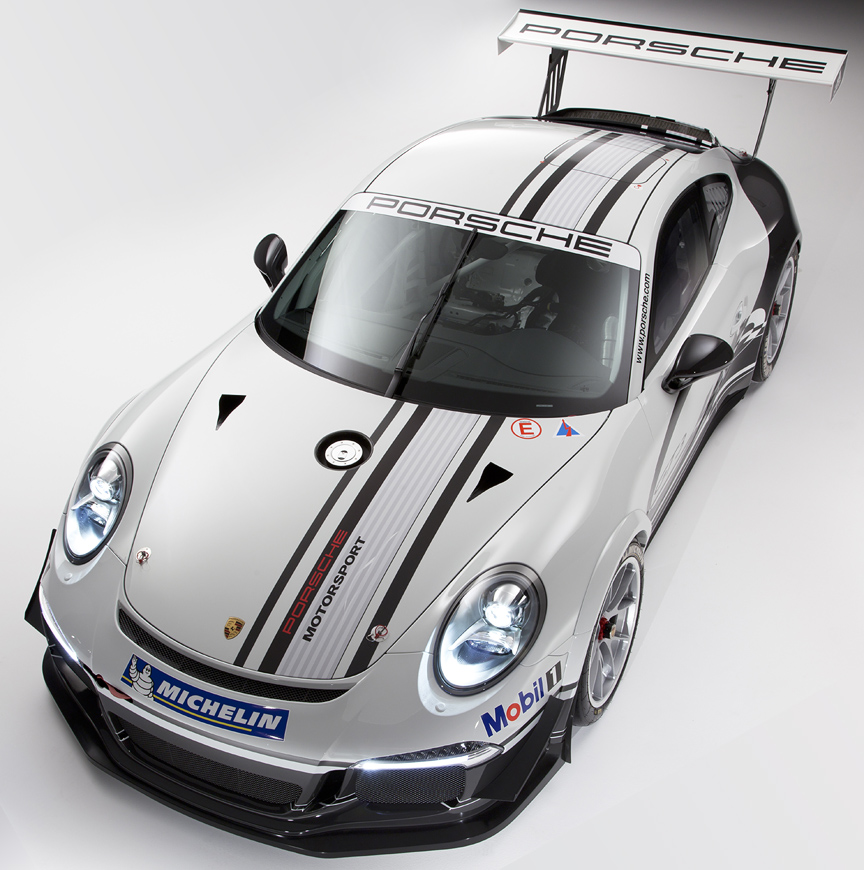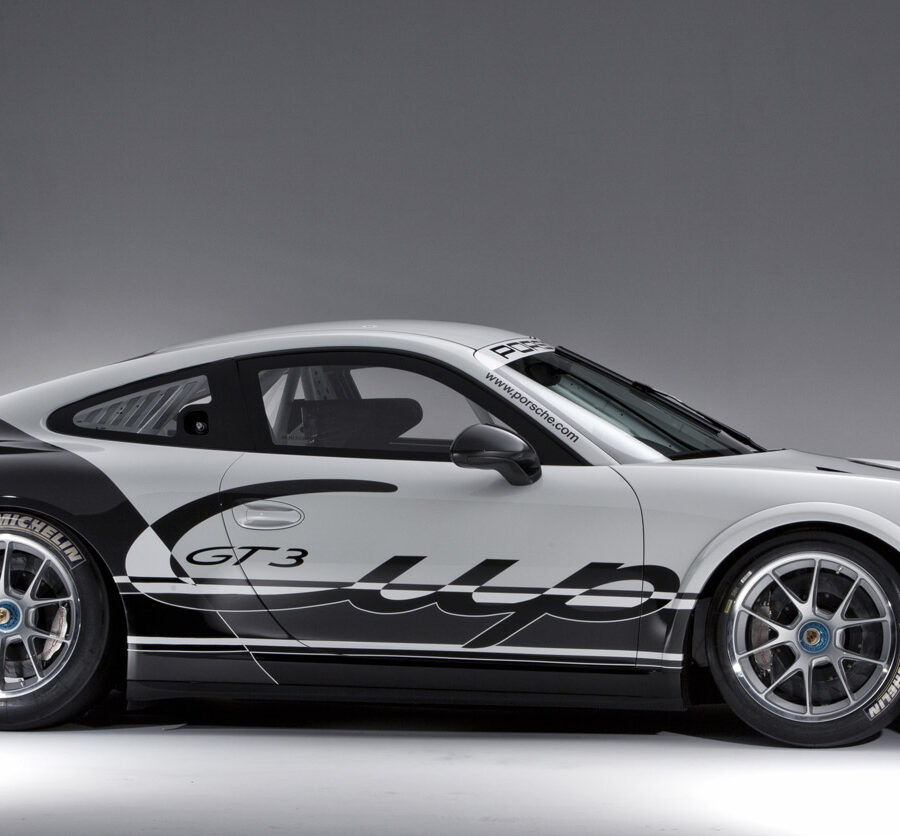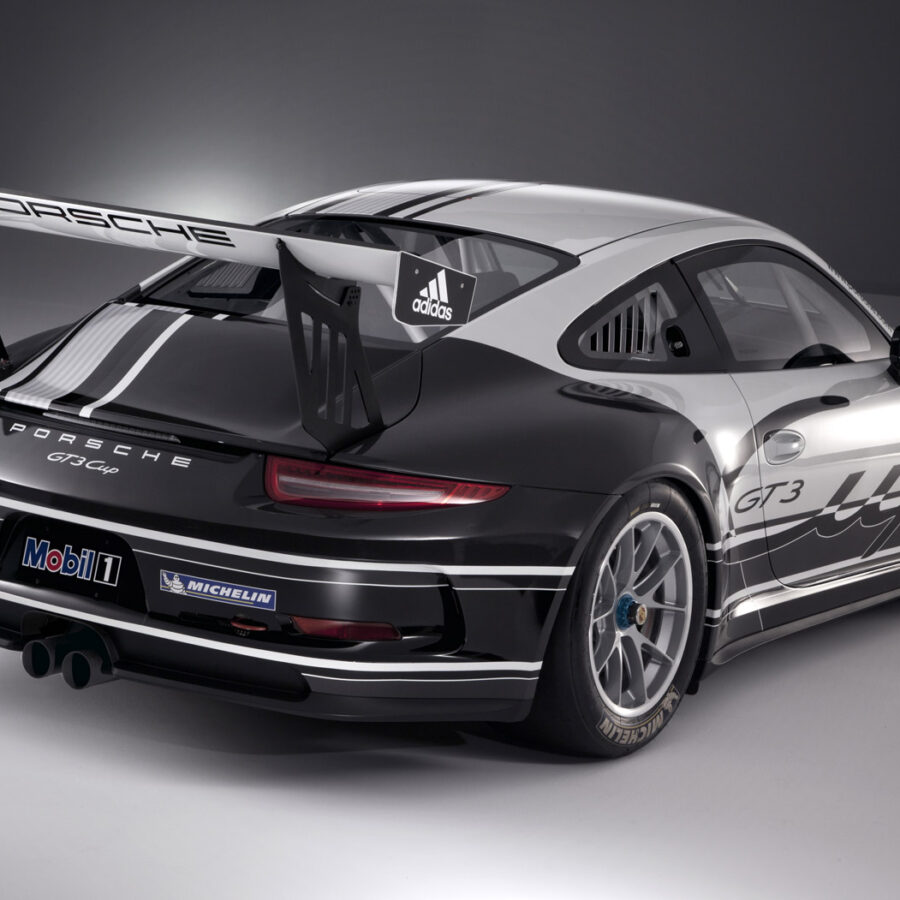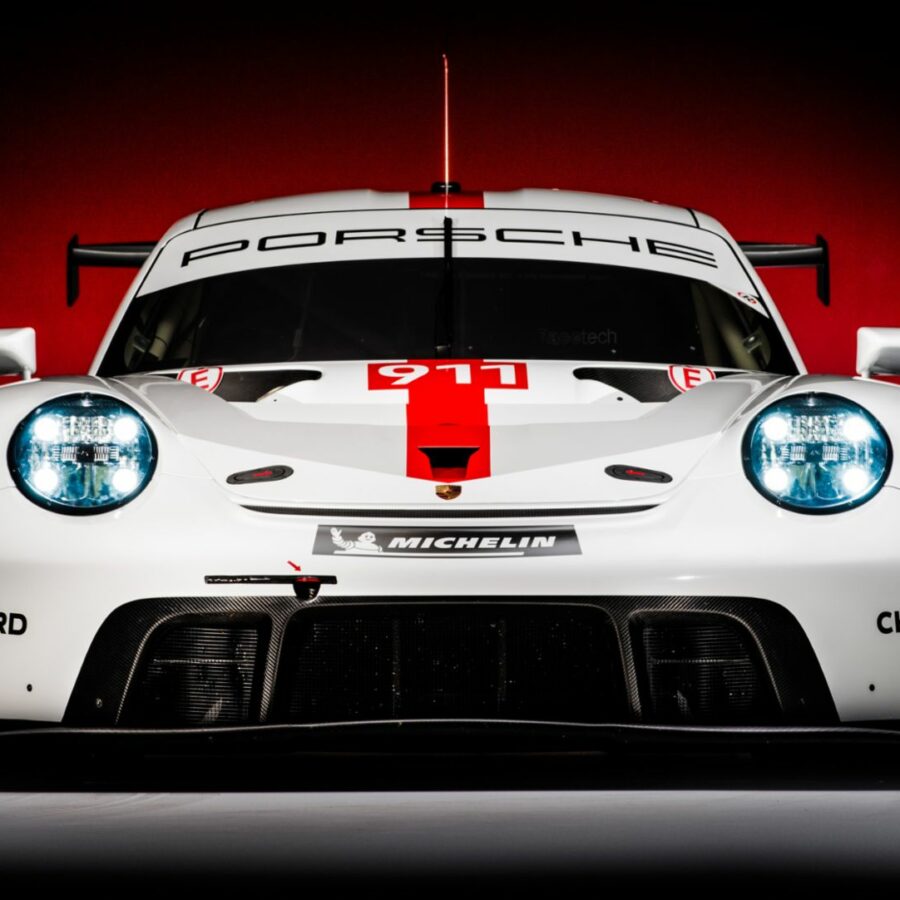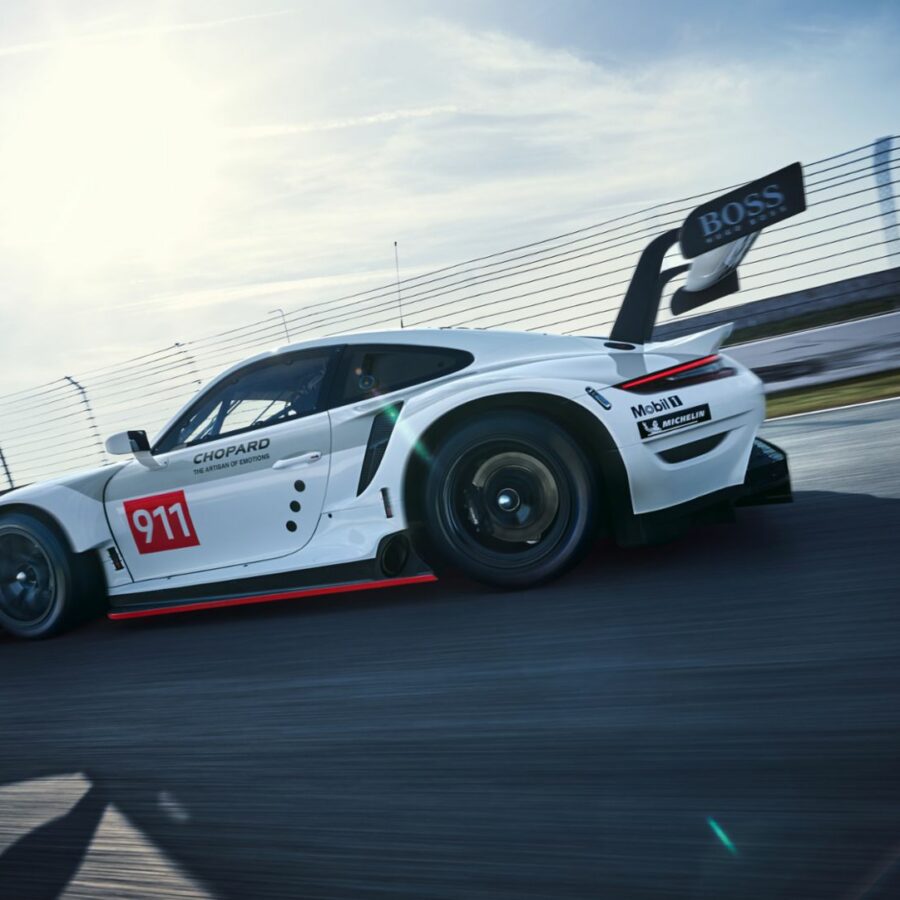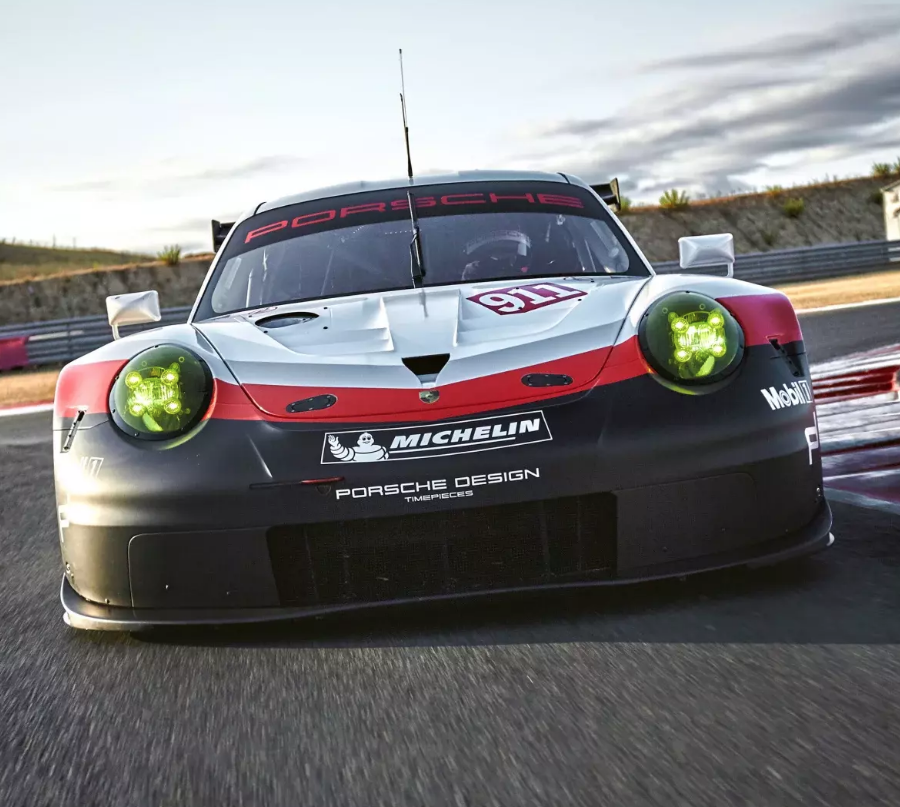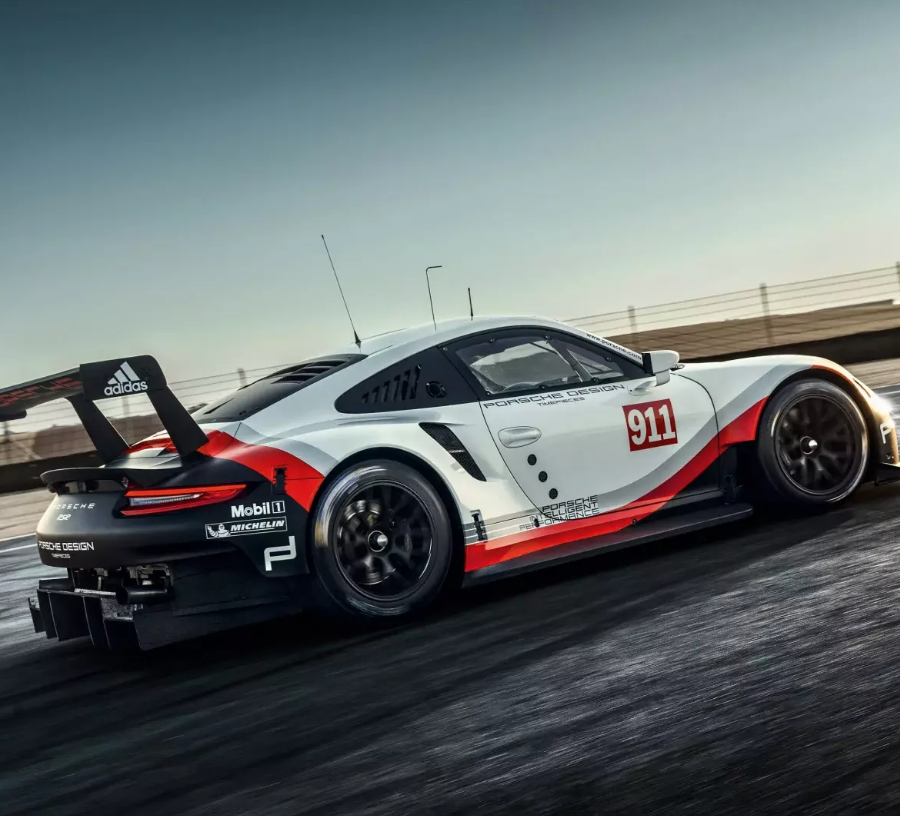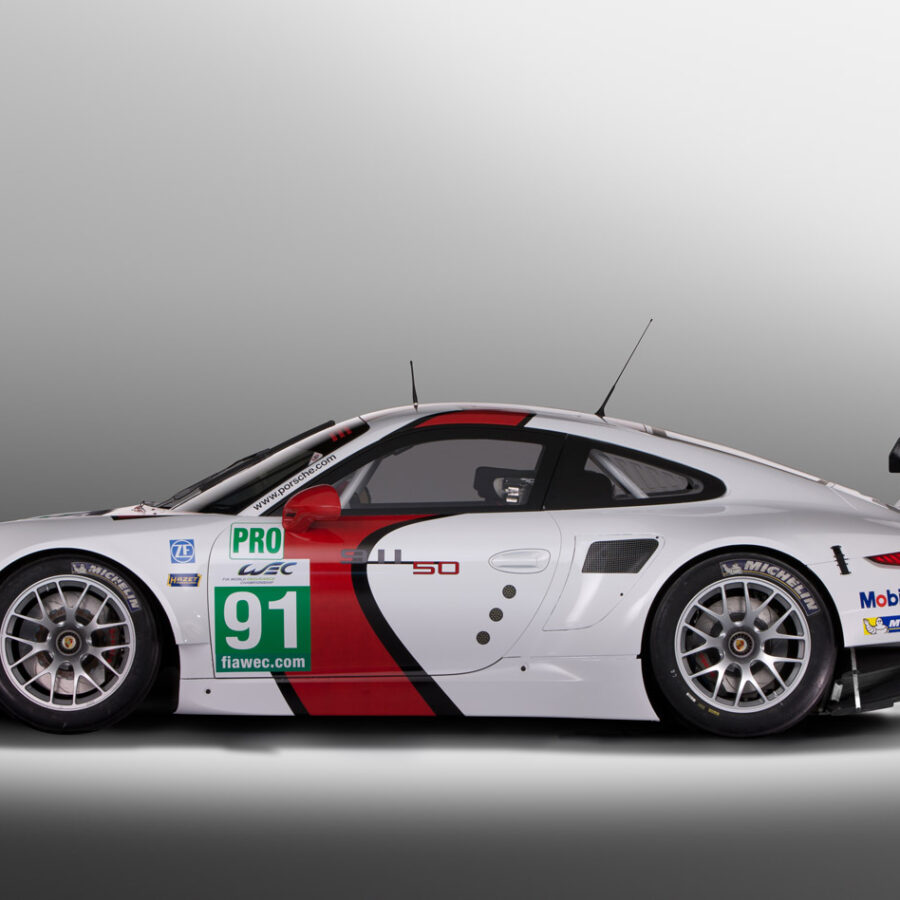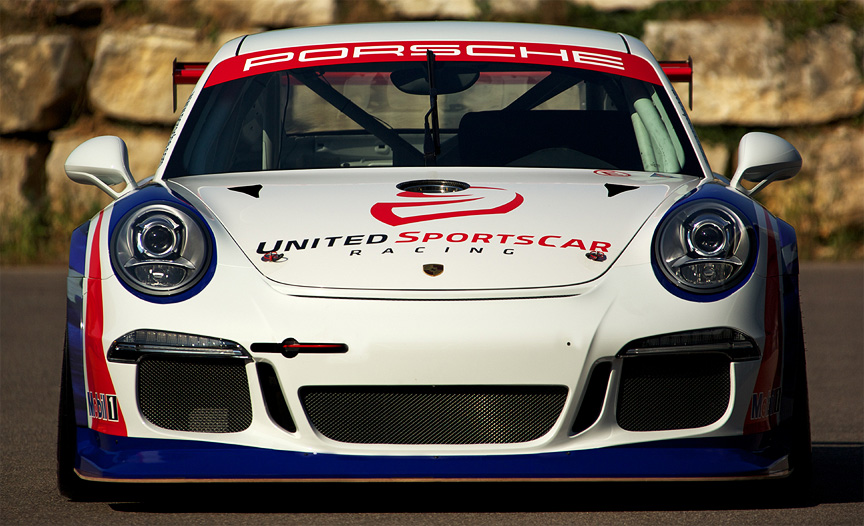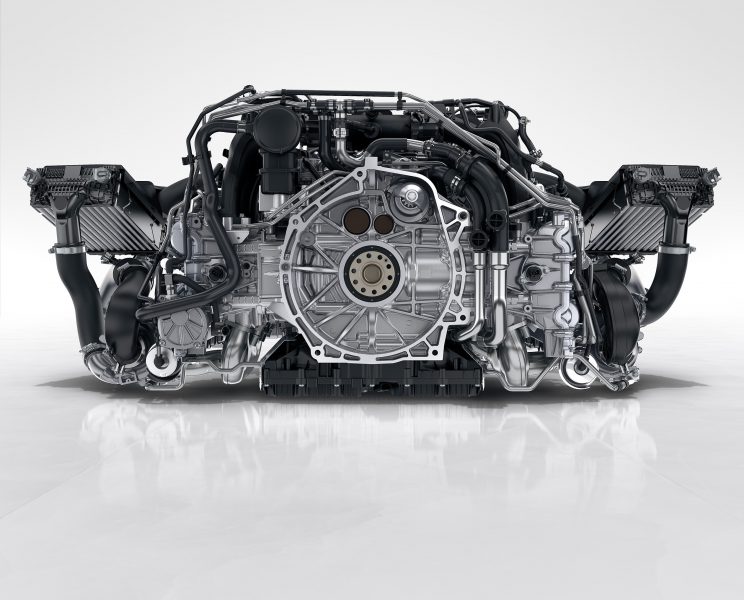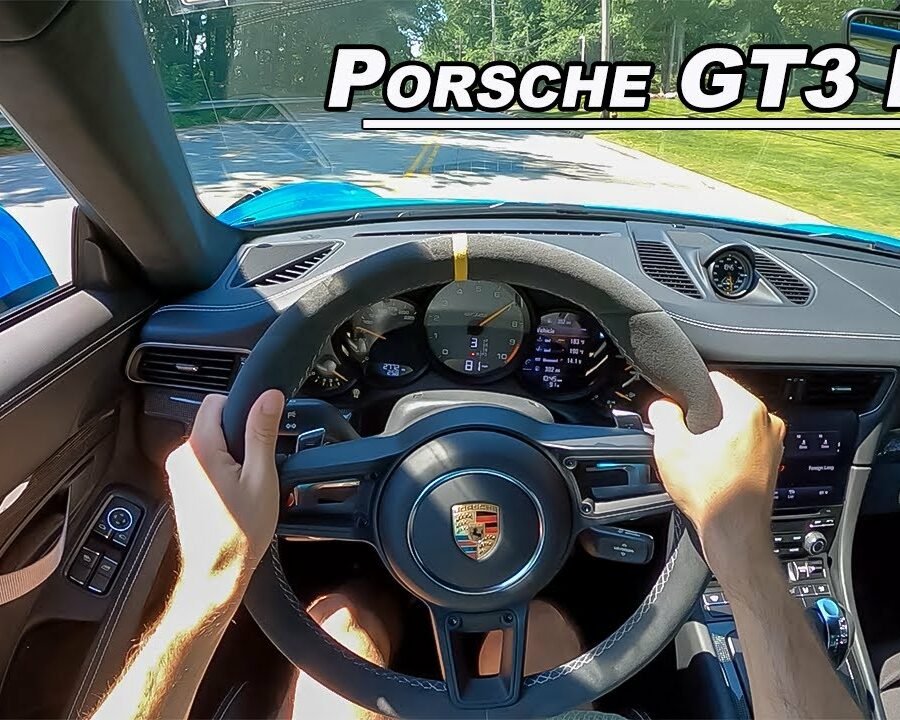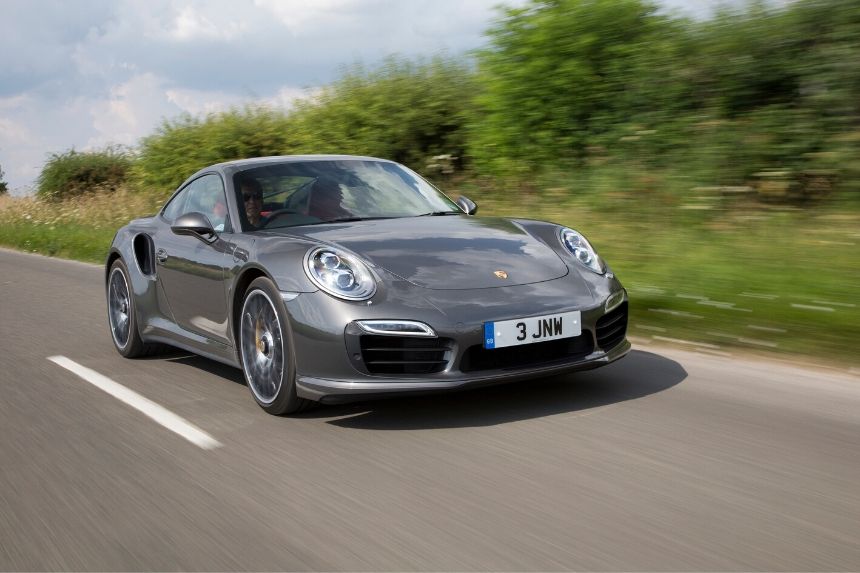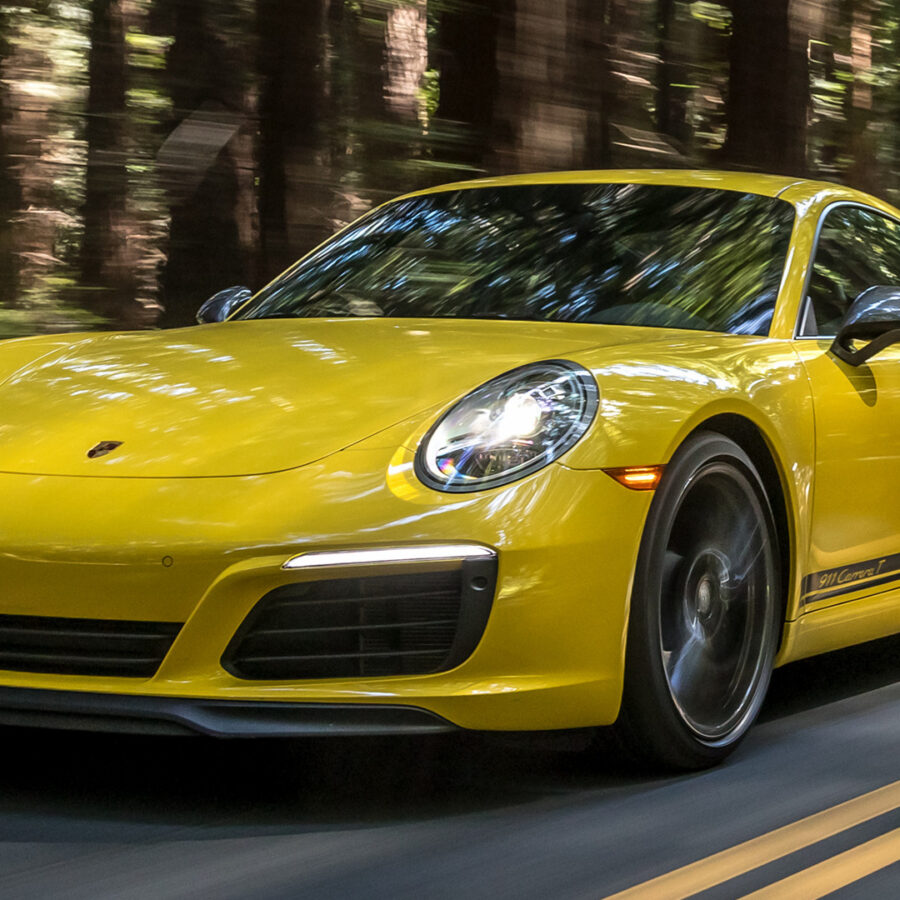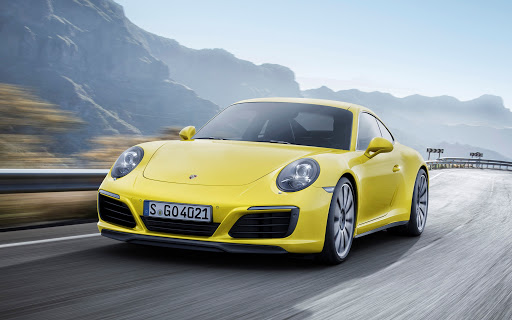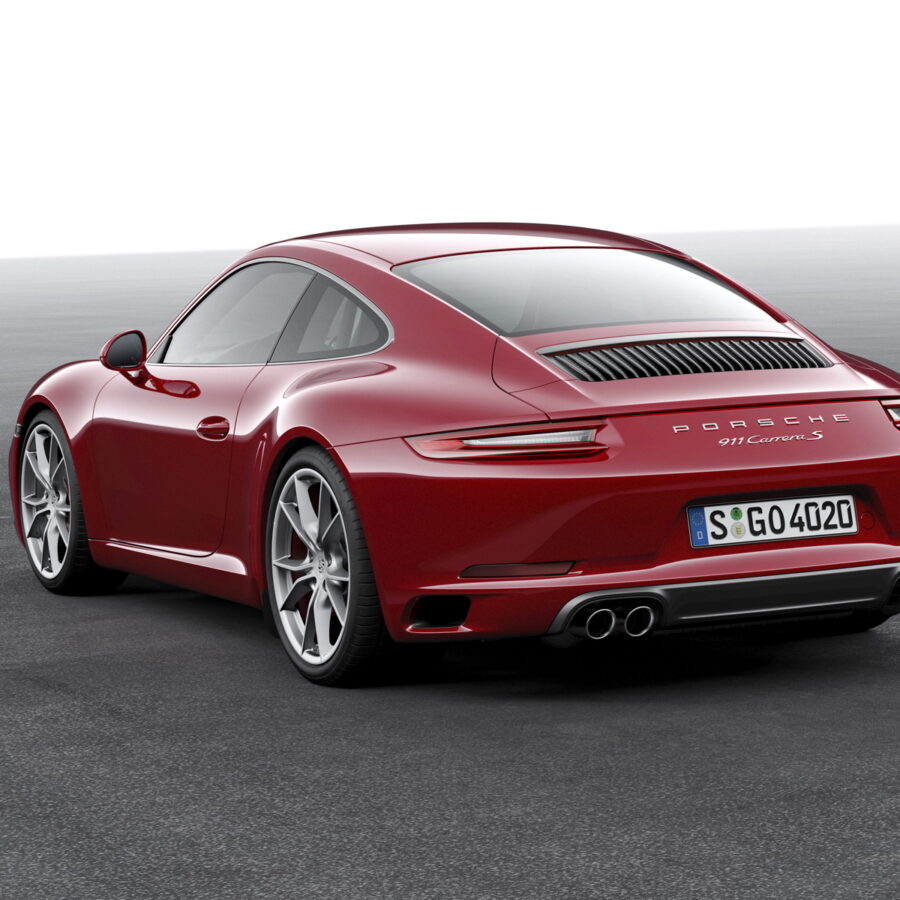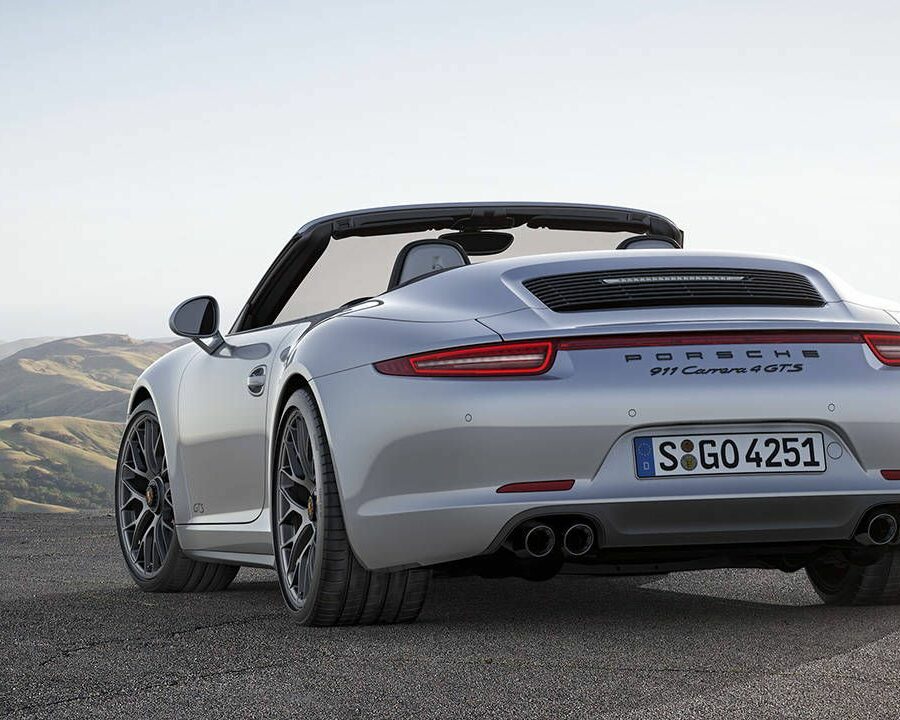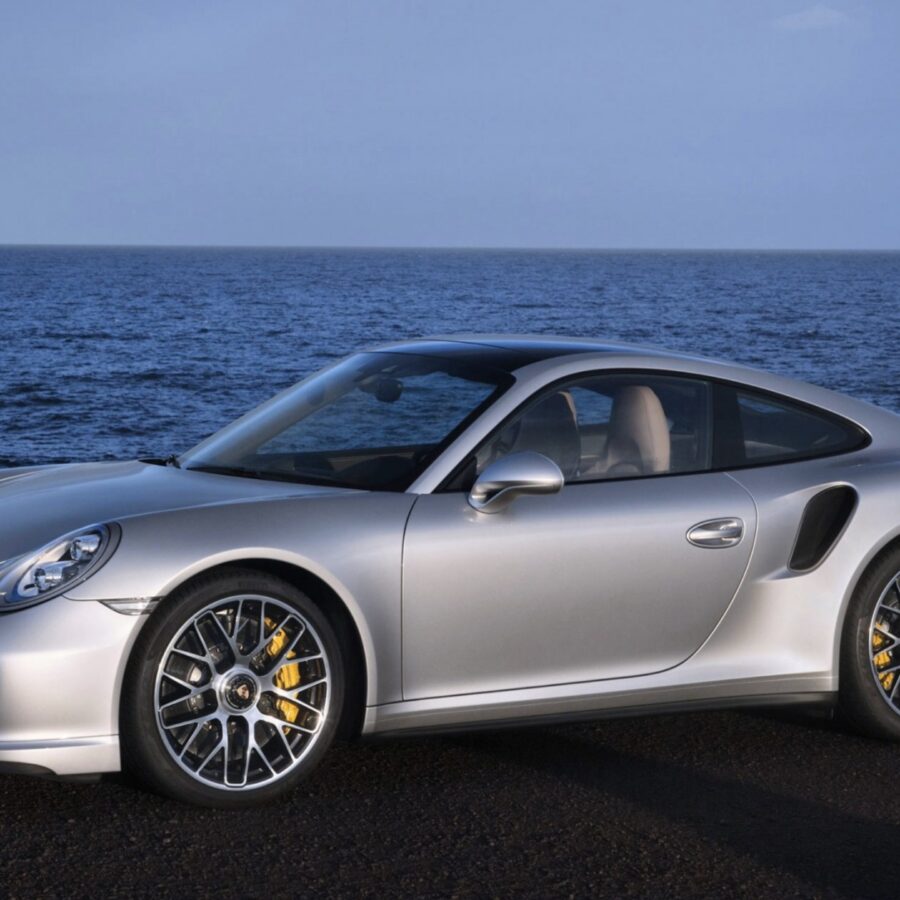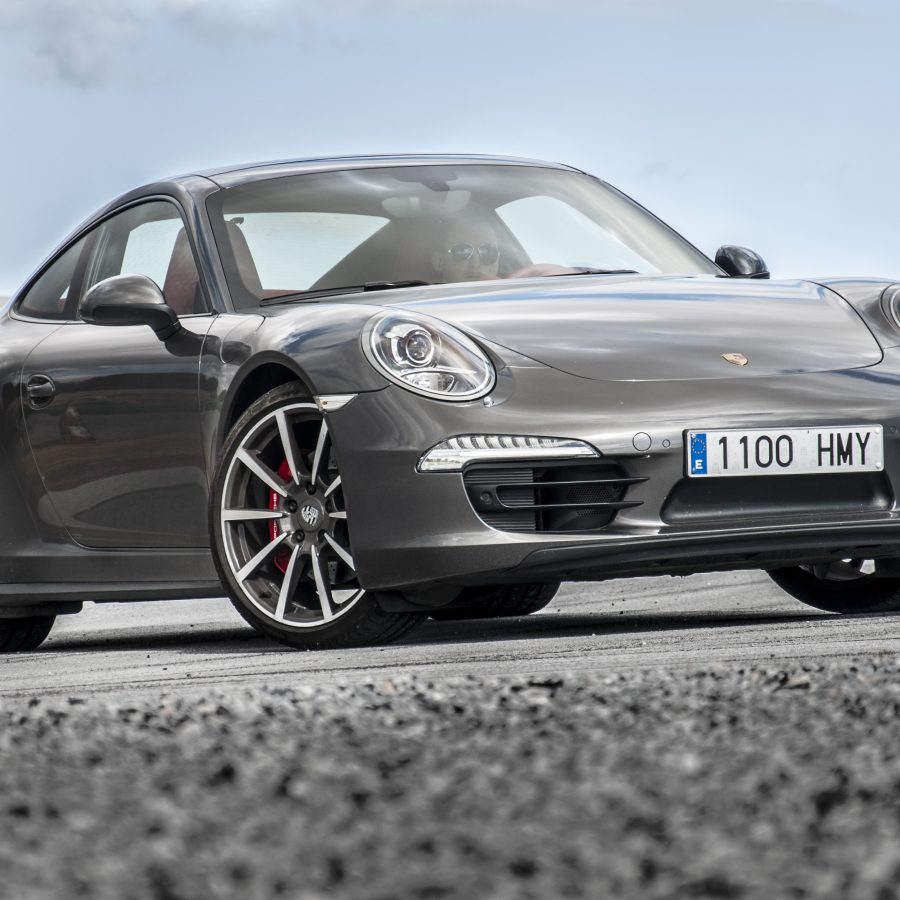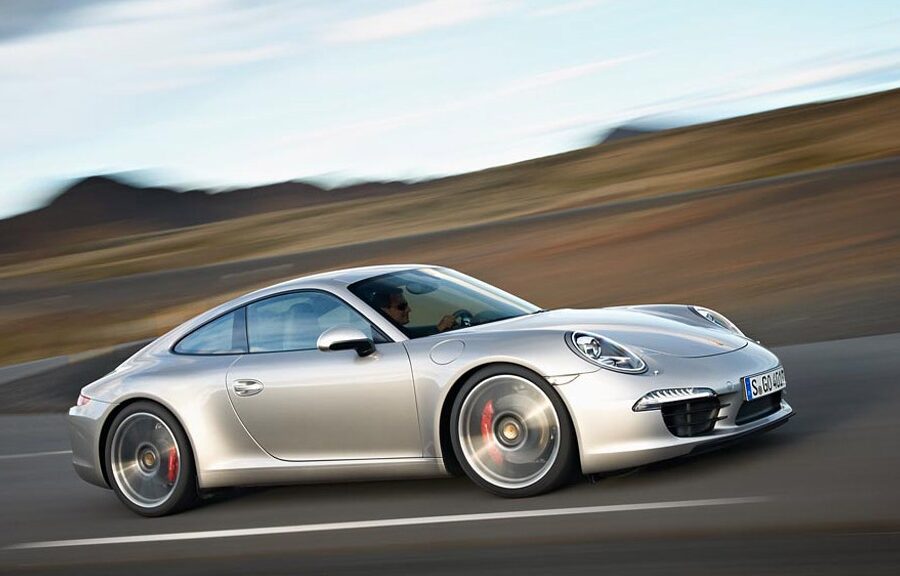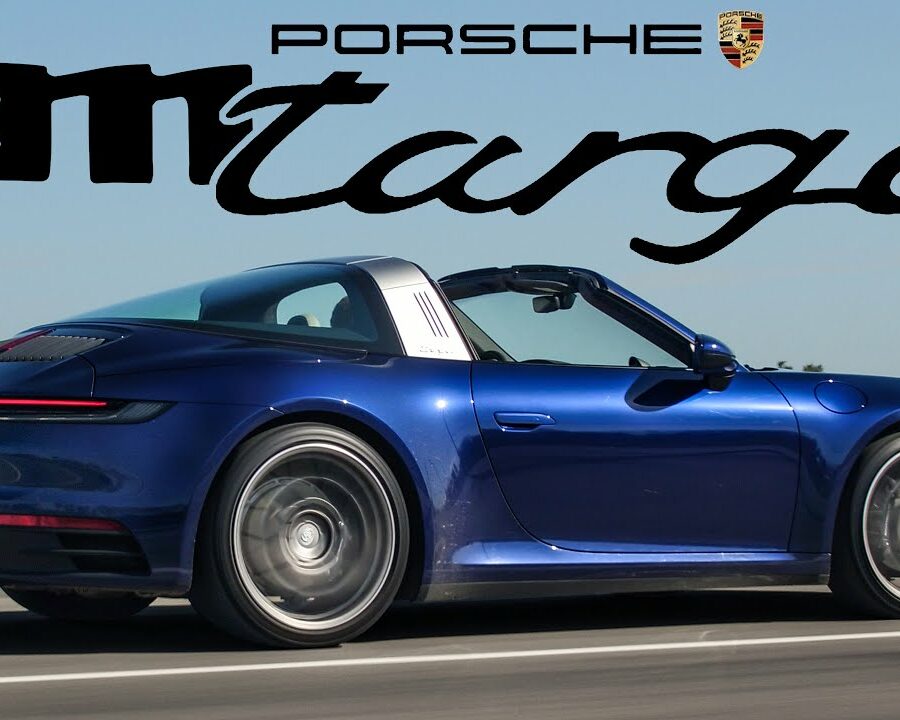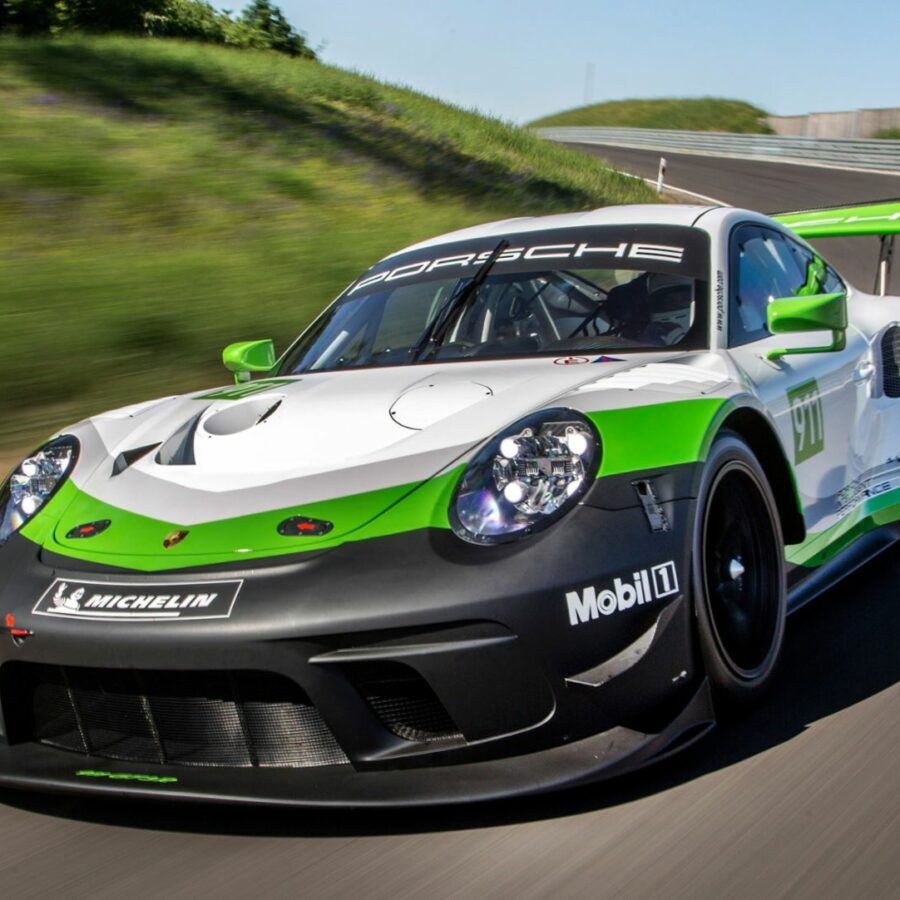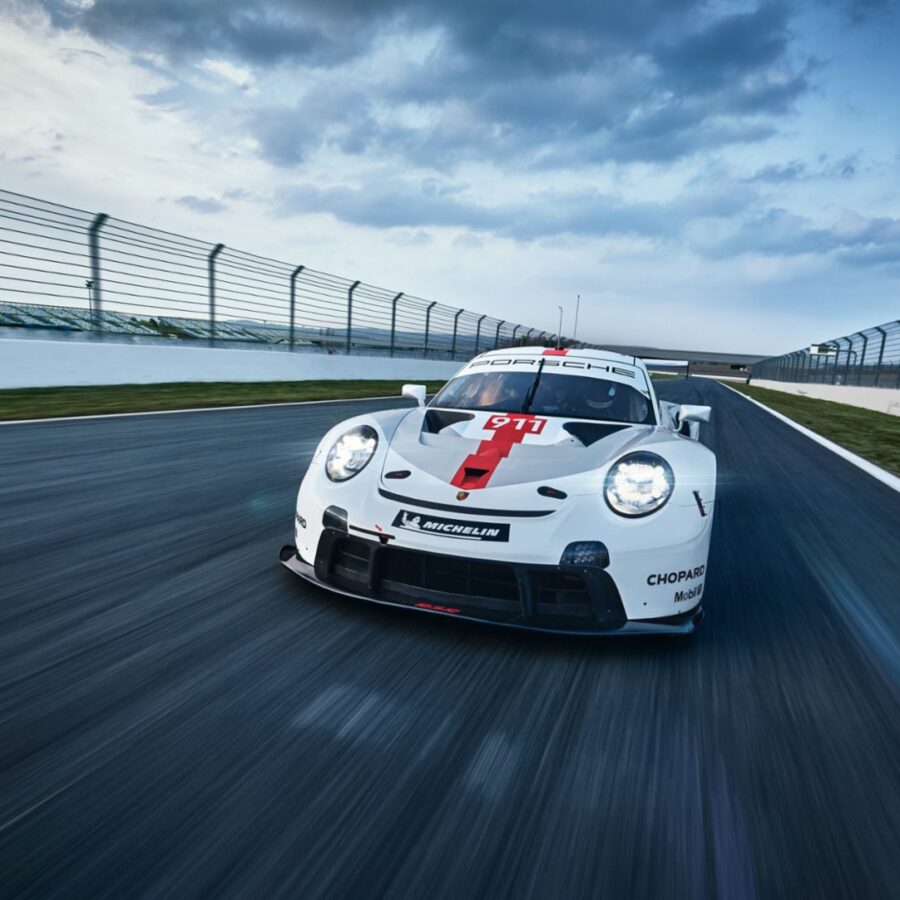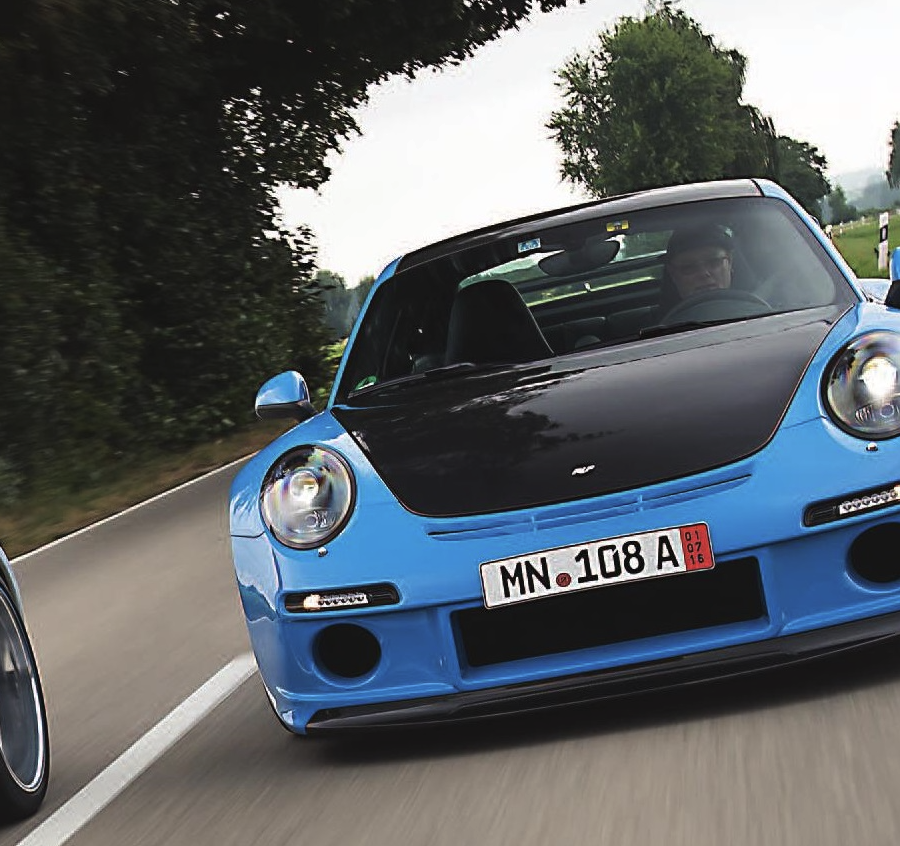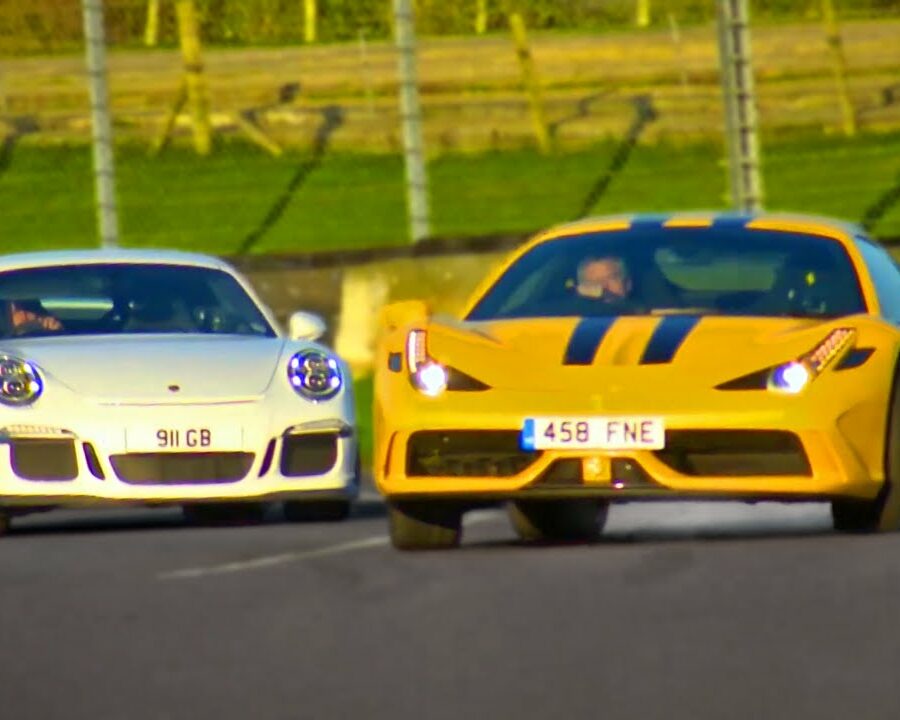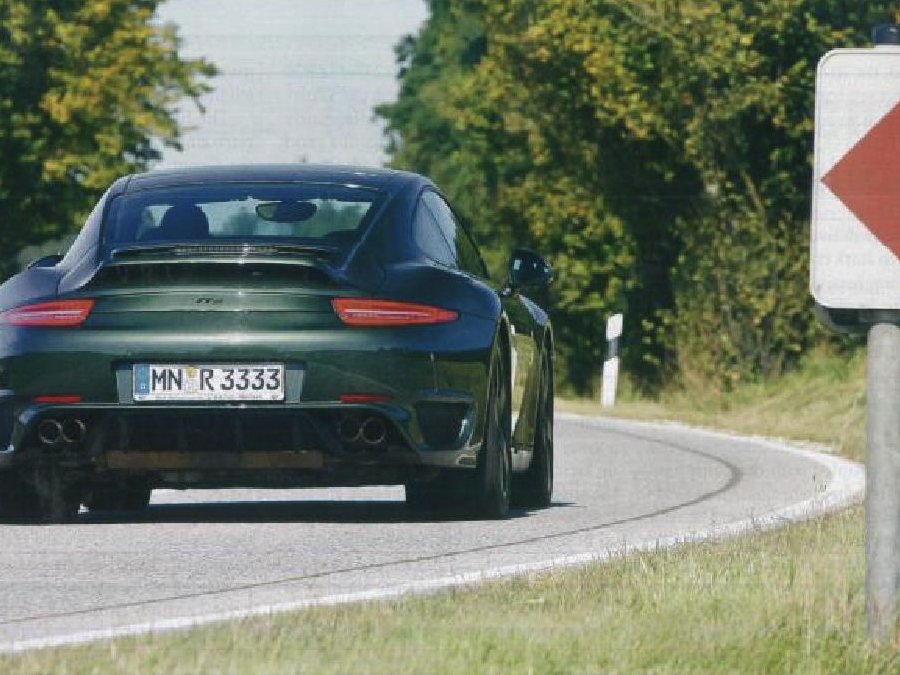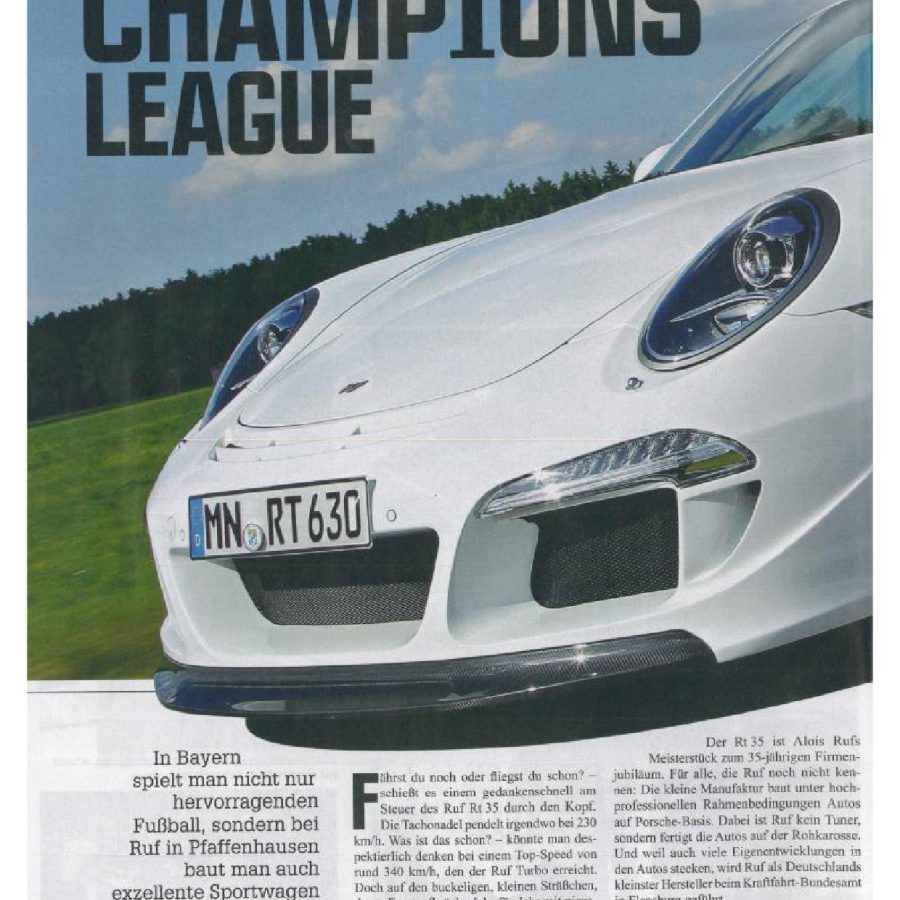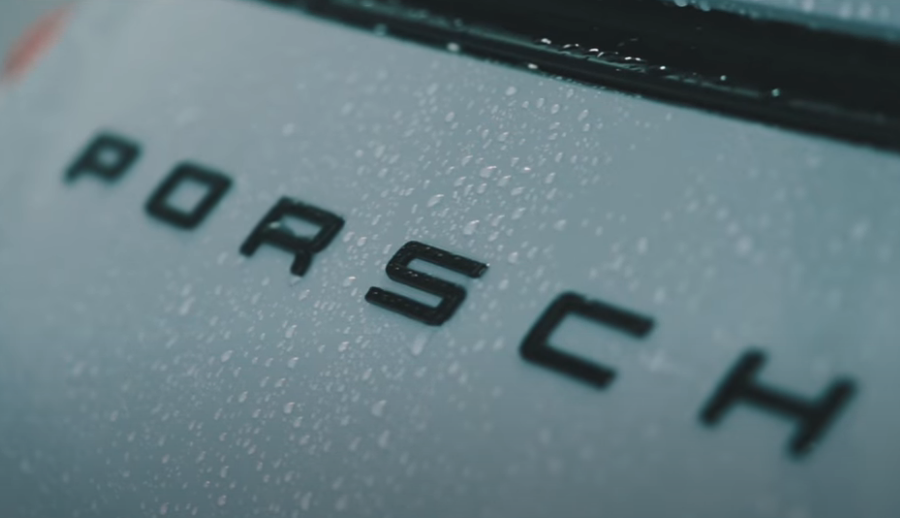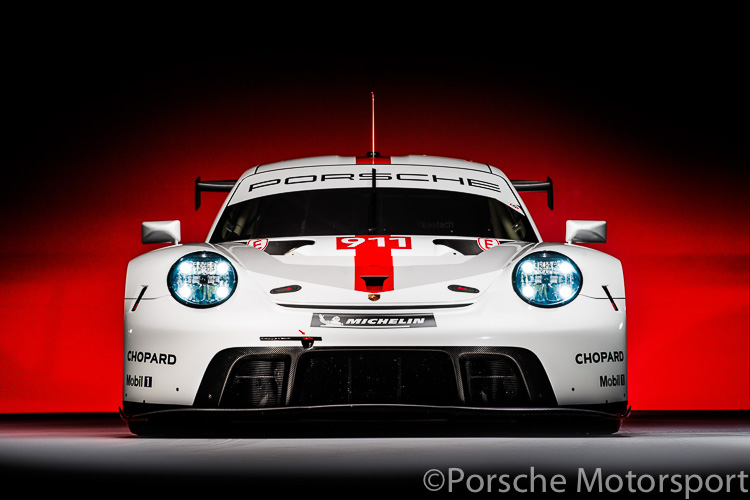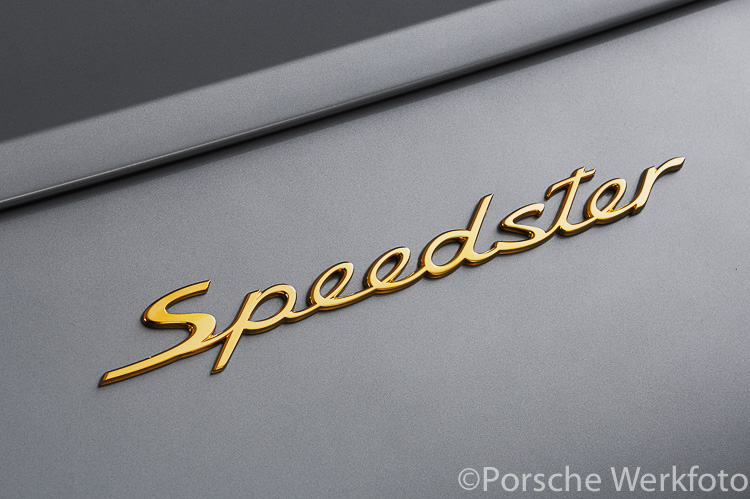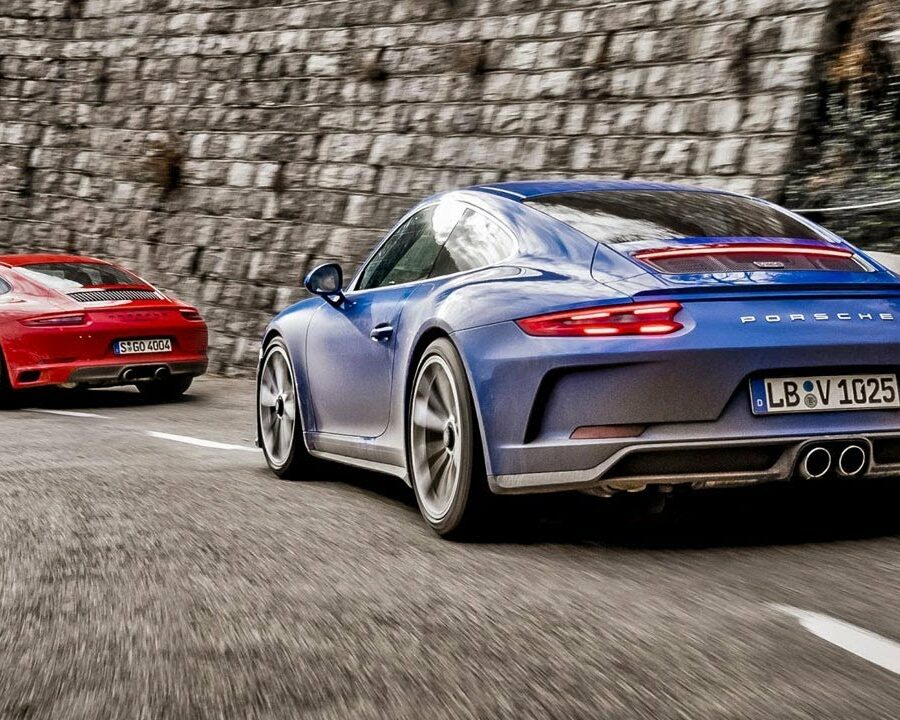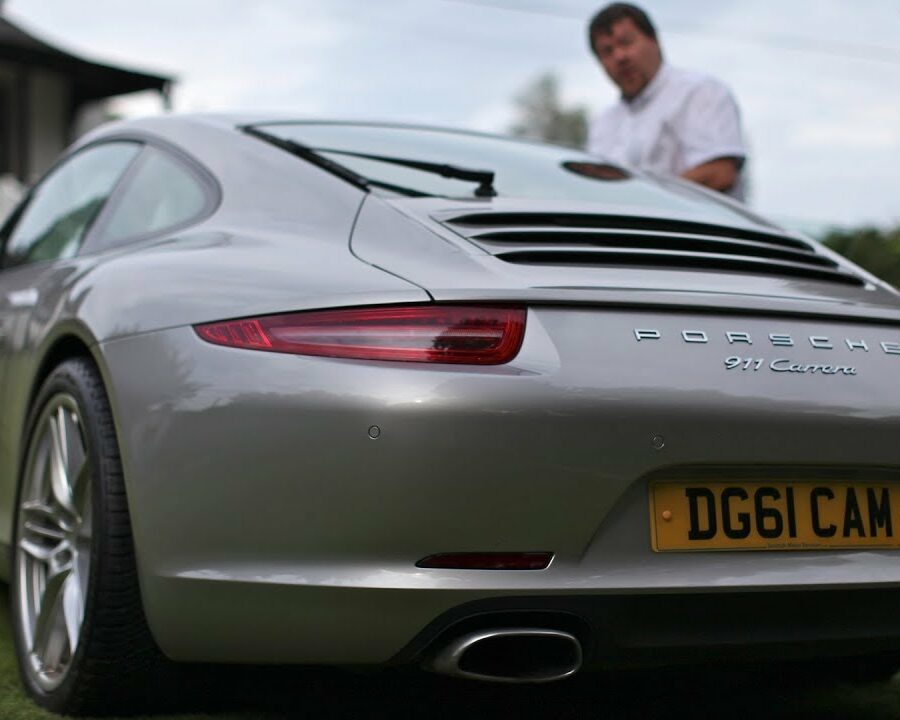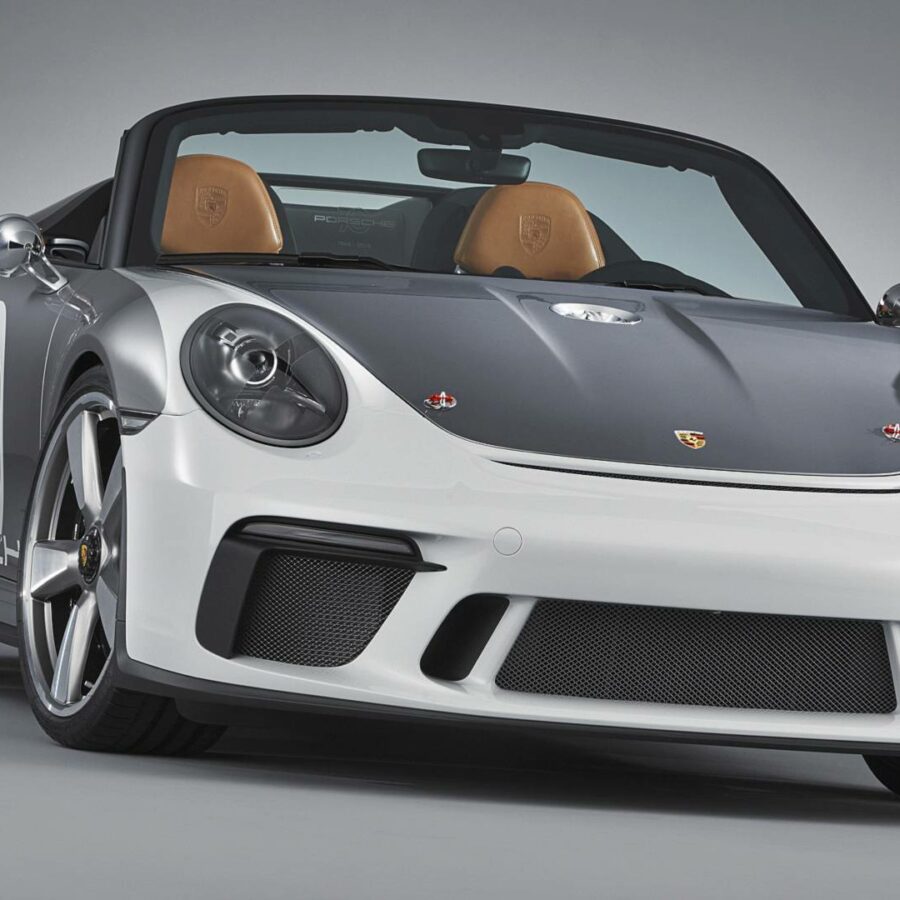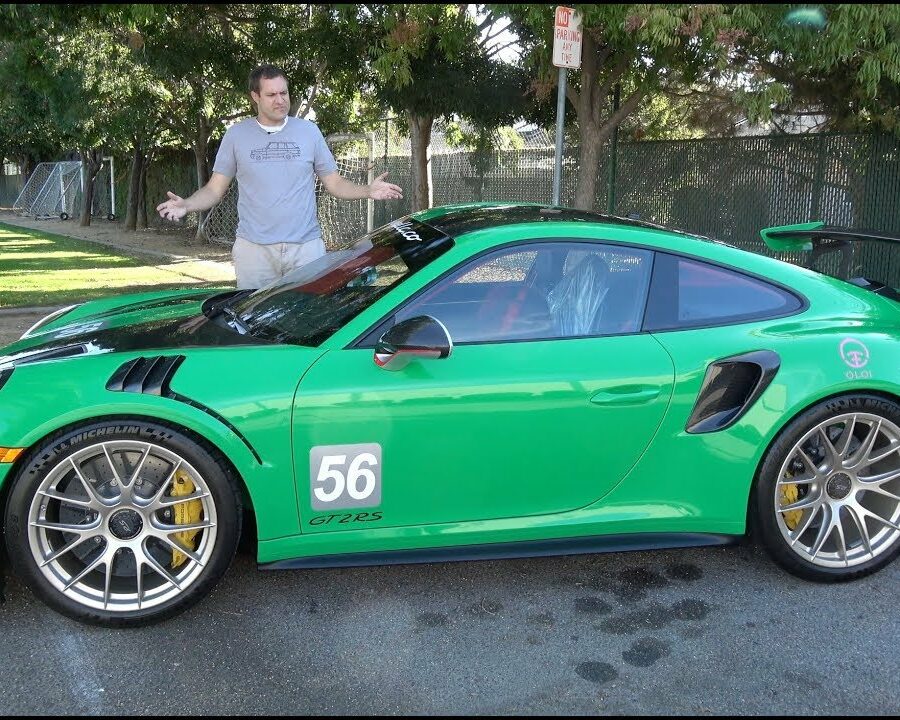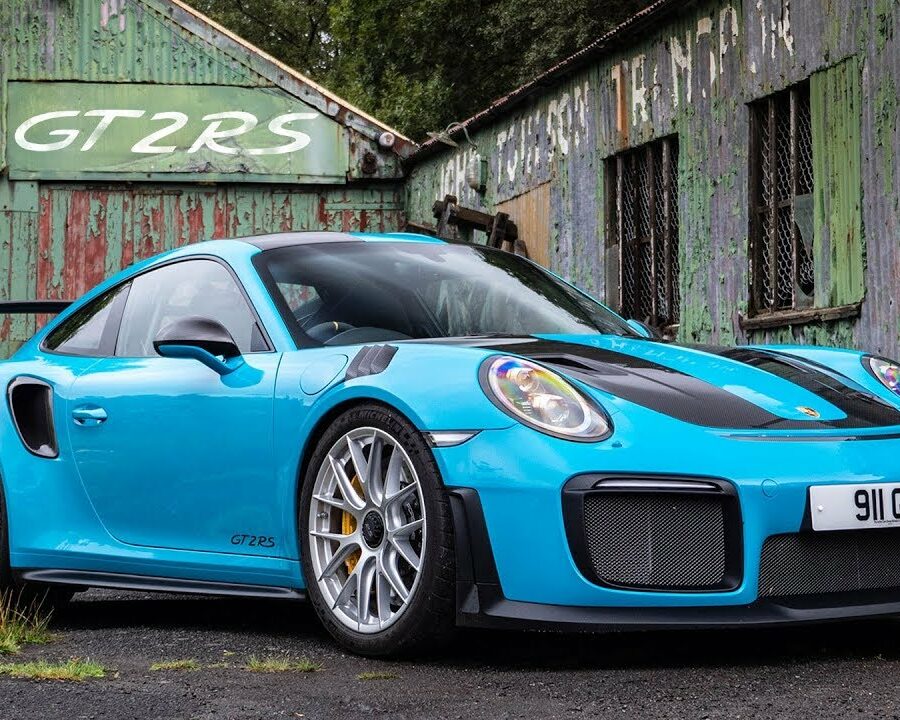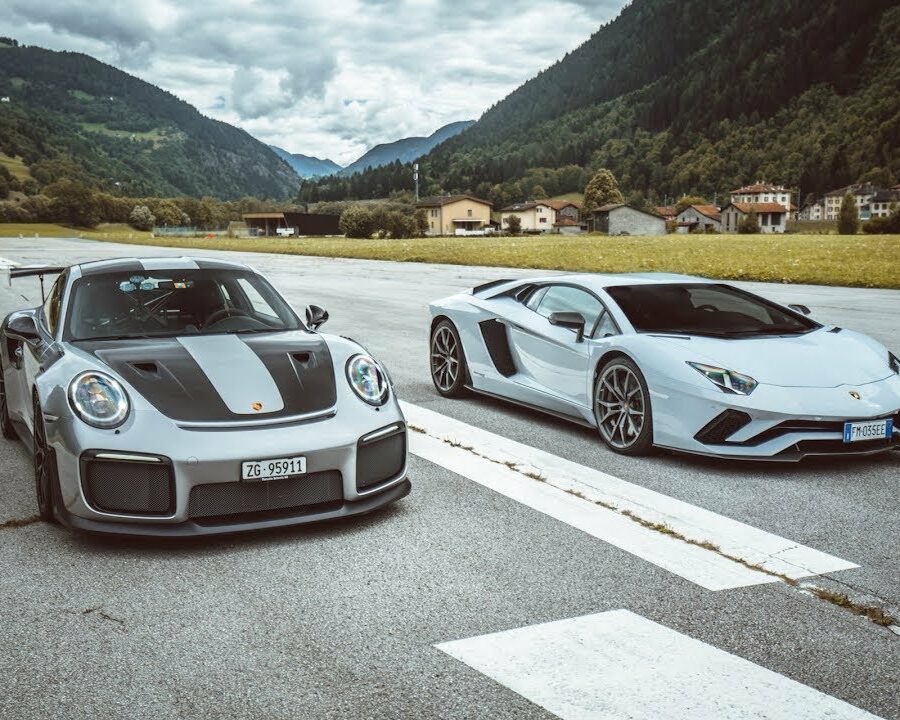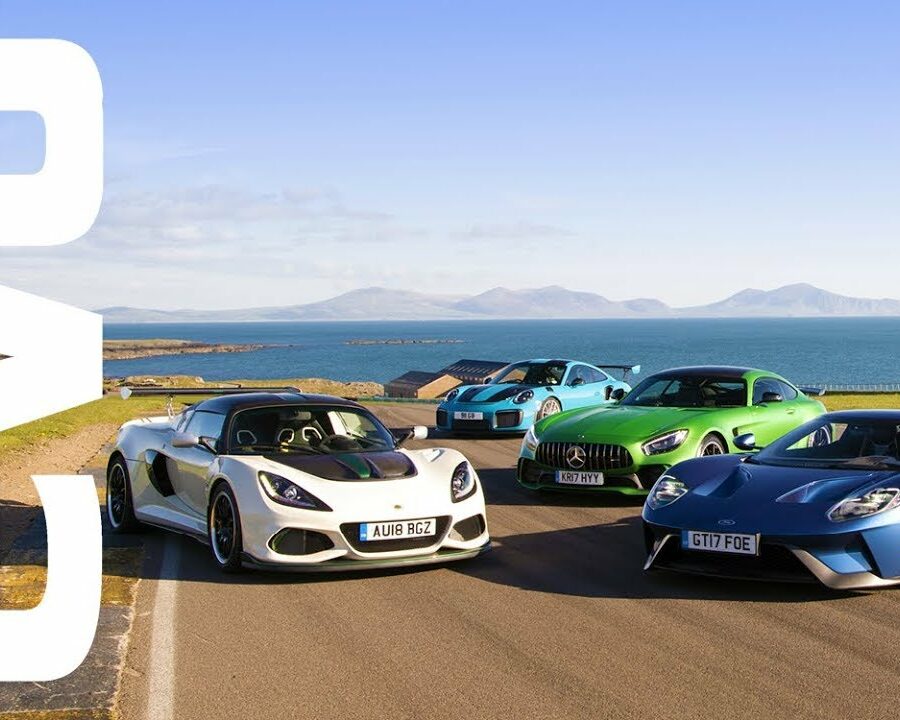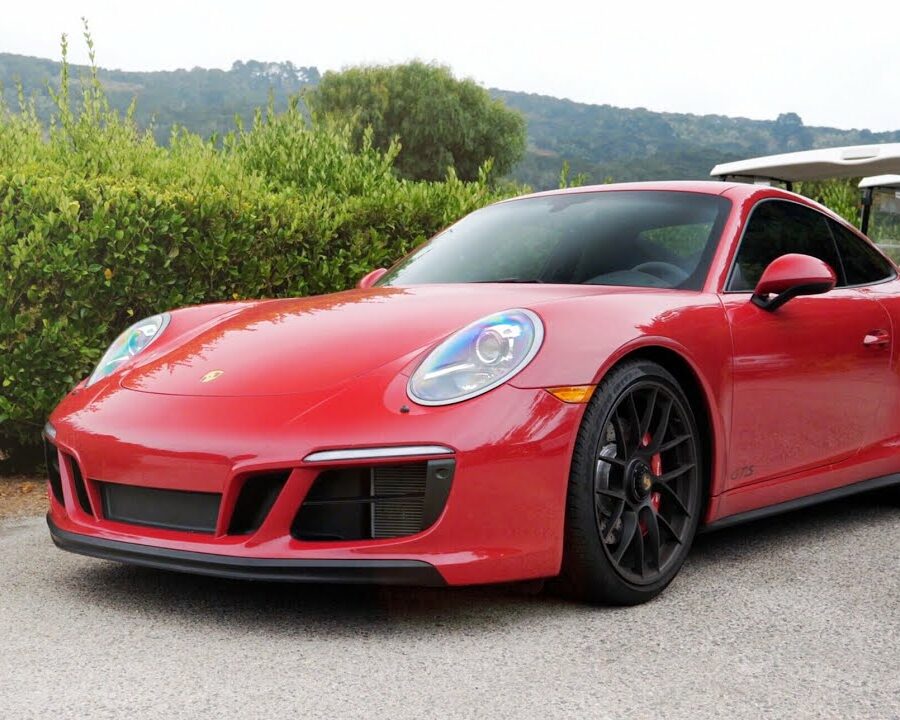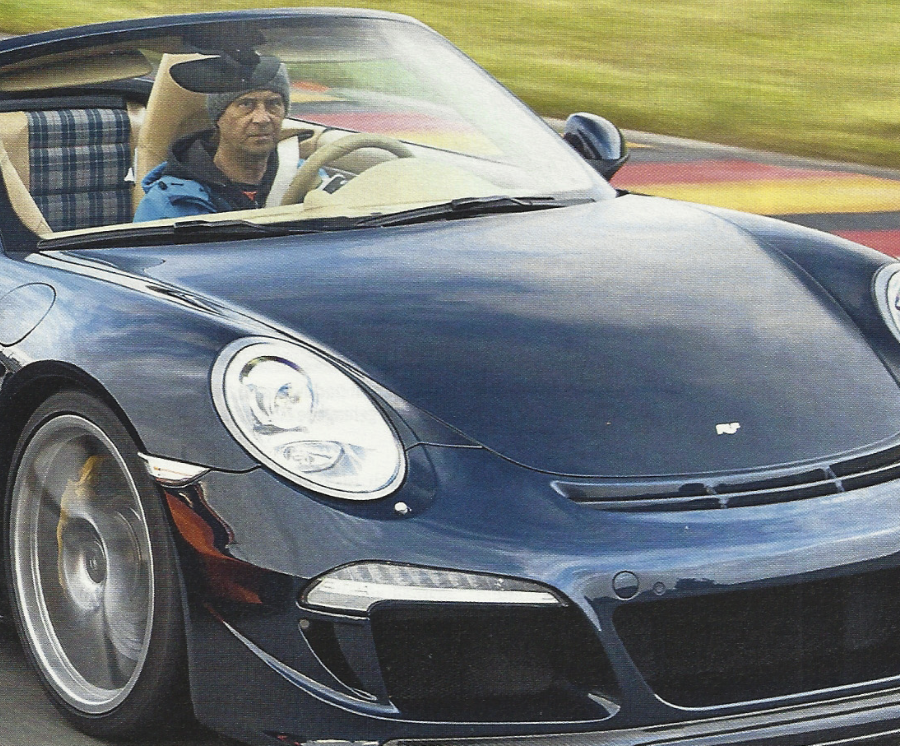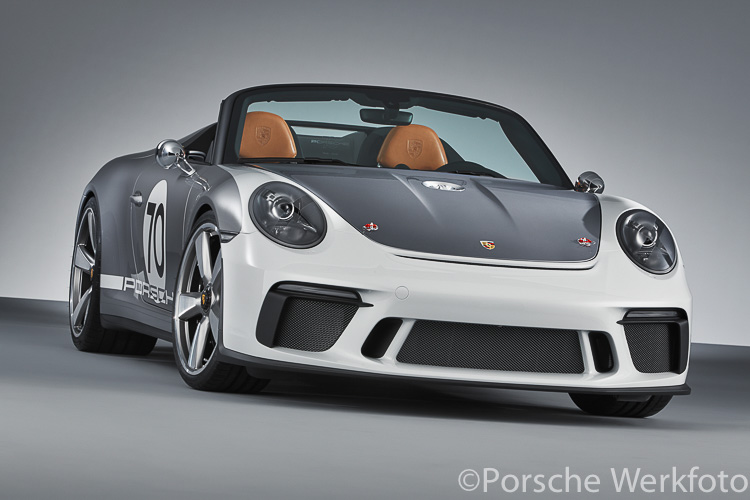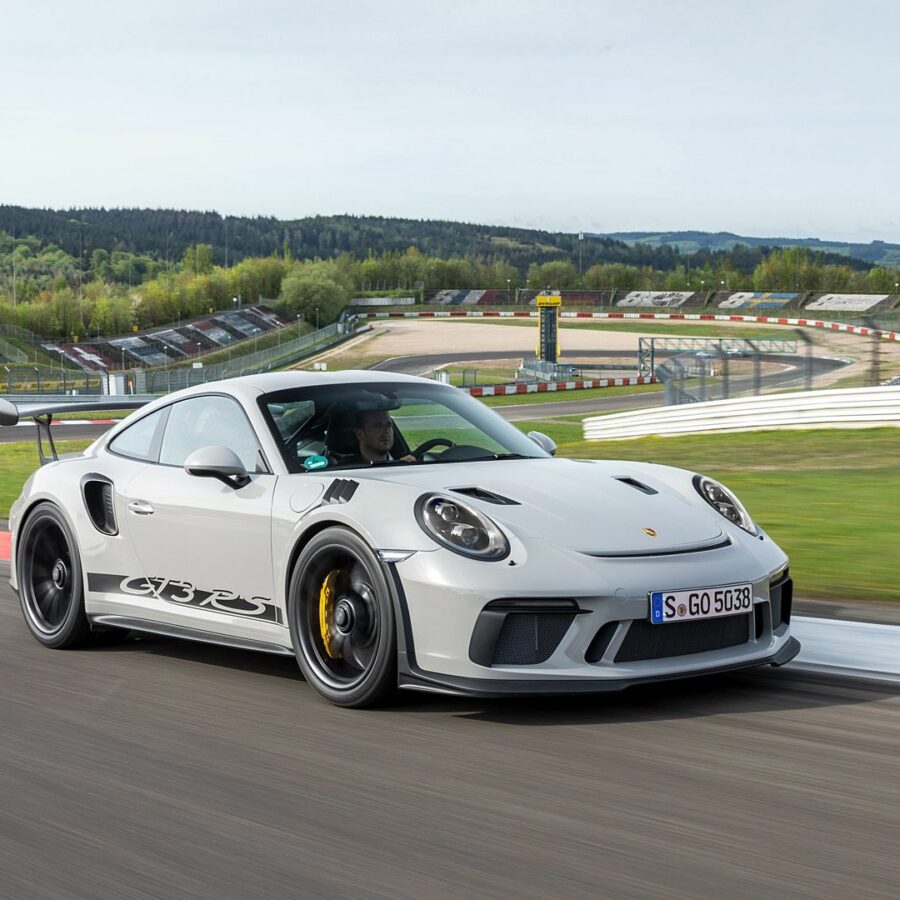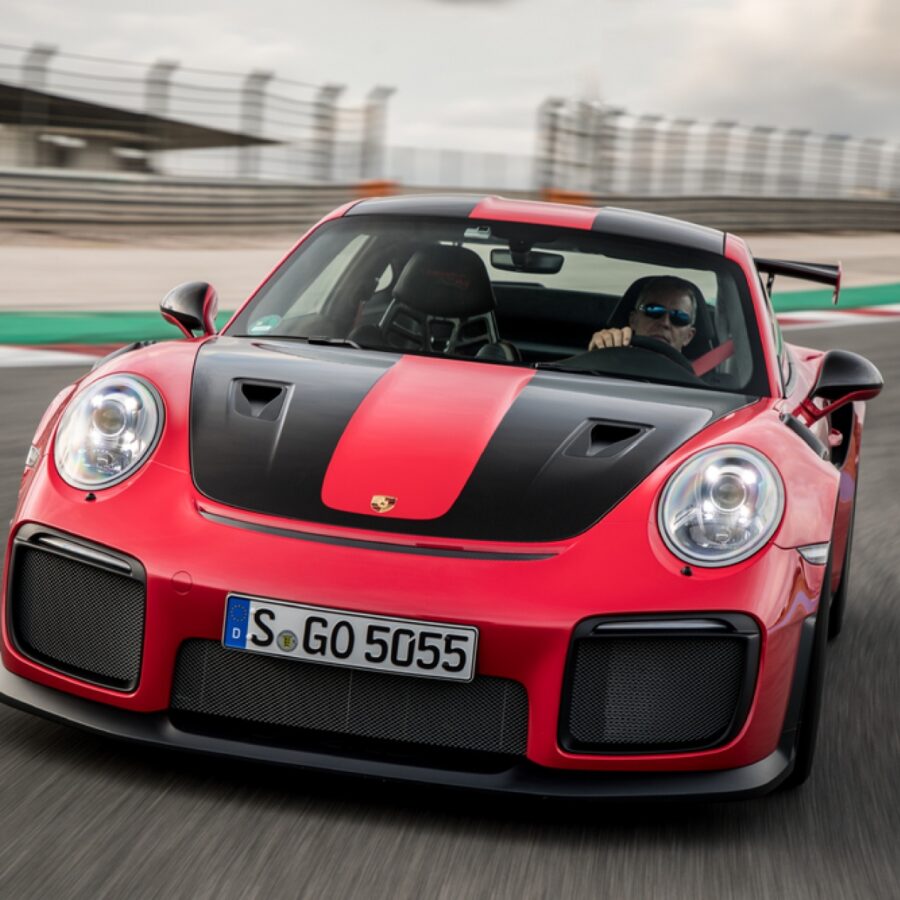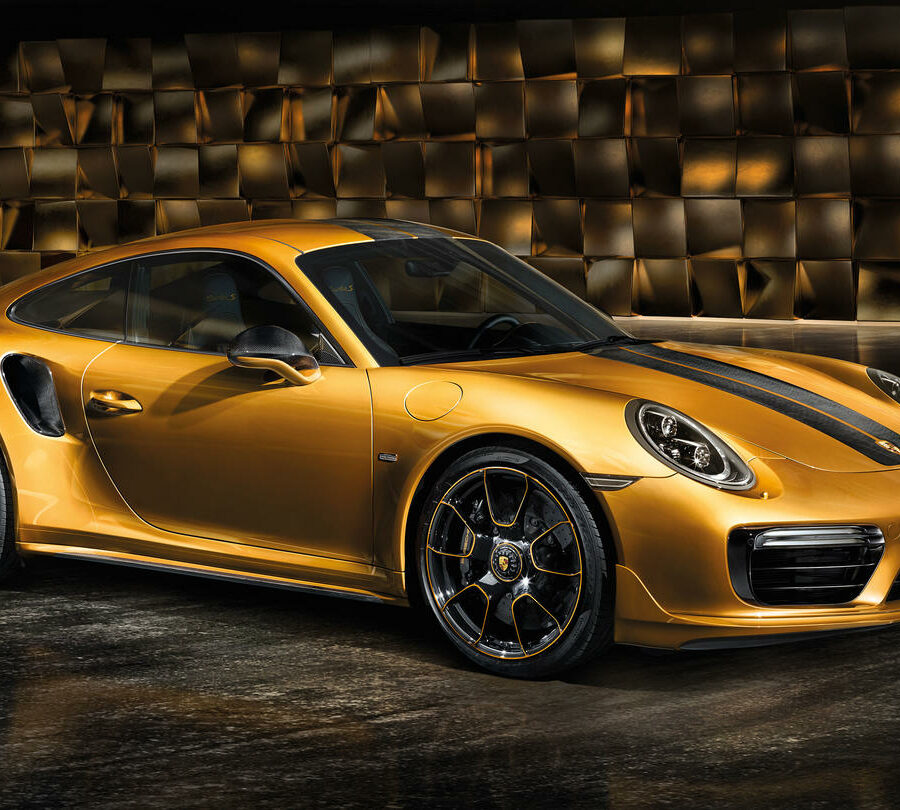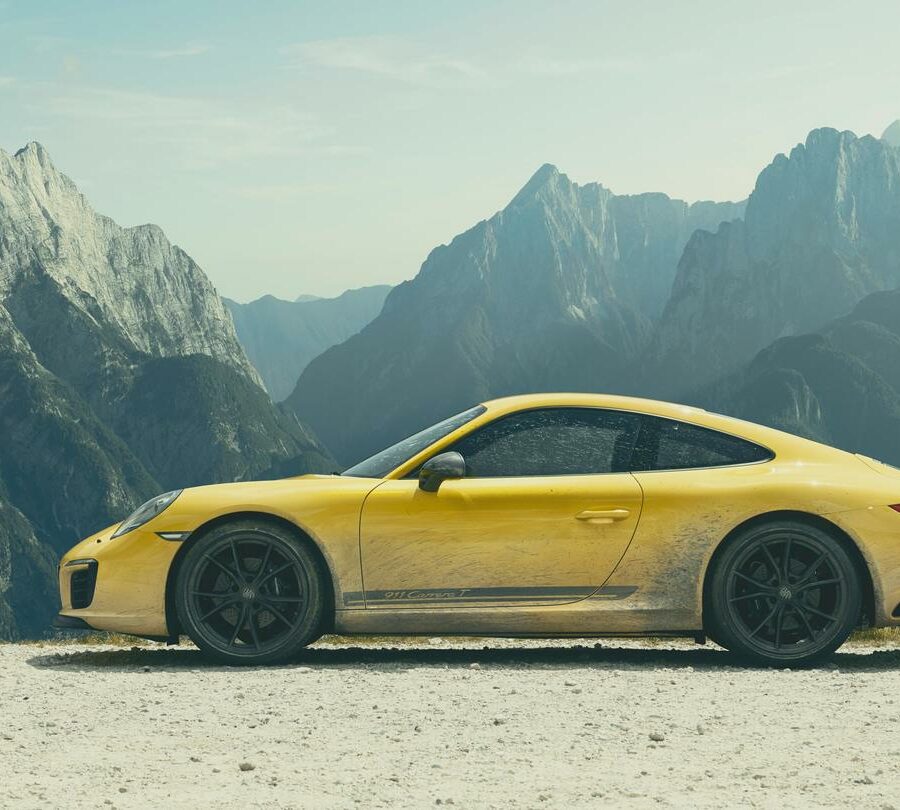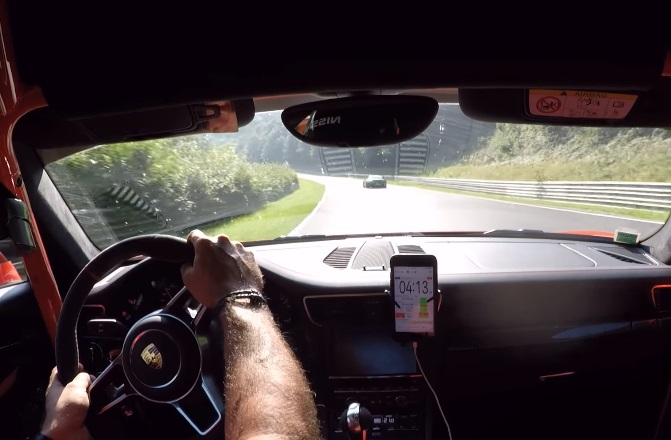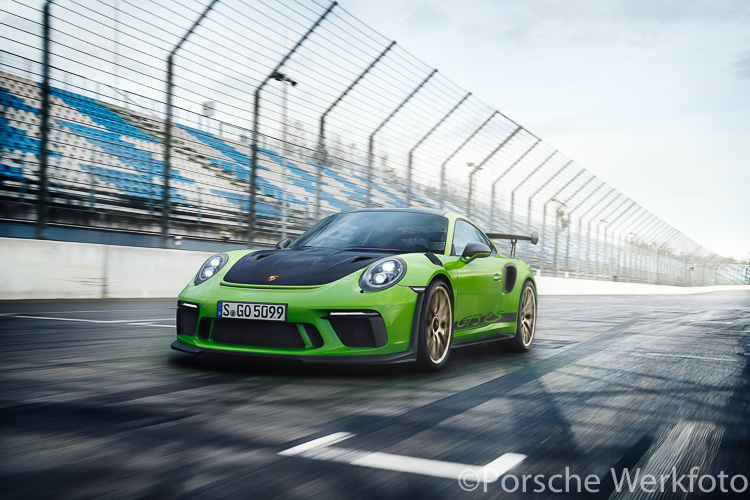Porsche 911 (991)
The Type 991 911 series was the seventh generation of the iconic 911. The 991 generation models were unmistakably 911 in looks and design philosophy, but the 991 was really the ultimate evolution of Porsche 911s becoming highly technical, high quality and well built machines. Quality improved and the technology jump finally vaulted Porsche to the top of the automakers in terms of building the best cars on the planet. The Type 991 represented the most technically advanced 911 model to date and the 991 looked more powerful than any other 911 before – an effect that was heightened by the wider track and a stretched wheelbase. It also featured adaptive aerodynamics: the 911 was the first series sports car from Porsche to adopt this technology from the 918 Spyder hybrid super sports car. The 991.1 generation cars launched as MY 2012 cars. The 345hp 3.4 liter Carrera and 400hp 3.8 liter Carrera S launched first, in both Coupe and Cabriolet bodystyles and could be had with either rear and all-wheel drive drivetrains. The 991s all got electric power steering which took away some of the feel we were used to. The Carrera S got PASM standard (optional on the Carrera). The new Turbo (in coupe and cabriolet) came out in 2013, now with a whopping 512hp. See all of our Porsche 991 Research.
Porsche 911 GT2 RS Clubsport 25 (2021)
A super rare track-only car built to celebrate the 25th anniversary of Manthey-Racing GmbH
Porsche 911 991 (MY2011 – 2019) – Sales Brochures
Sales Catalogs for the Type 991 Porsche 911
Porsche 911 991 (MY2012 – 2019) – Part Catalog
Spare Parts Catalog (Porsche PET) for the Type 991 Porsche 911
Porsche 911 (MY 2019) – Equipment & Options Codes
Full list of Equipment & Option Codes Decoder for the 2019 Porsche 911
Porsche 911 (MY 2018) – Equipment & Options Codes
Full list of Equipment & Option Codes Decoder for the 2018 Porsche 911
Porsche 911 (MY 2017) – Equipment & Options Codes
Full list of Equipment & Option Codes Decoder for the 2017 Porsche 911
Porsche 911 (MY 2016) – Equipment & Options Codes
Full list of Equipment & Option Codes Decoder for the 2016 Porsche 911
Porsche 911 (MY 2015) – Equipment & Options Codes
Full list of Equipment & Option Codes Decoder for the 2015 Porsche 911
Porsche 911 (MY 2014) – Equipment & Options Codes
Full list of Equipment & Option Codes Decoder for the 2014 Porsche 911
Porsche 911 (MY 2013) – Equipment & Options Codes
Full list of Equipment & Option Codes Decoder for the 2013 Porsche 911
Porsche 911 (MY 2012) (Type 991.1) – Equipment & Options Codes
Full list of Equipment & Option Codes Decoder for the 2012 Porsche 911
Porsche 911 GT3 R (991.2) (2019 – 2020)
Sits between the GT3 Cup and the RSR. Updated for 2019 season.
Porsche 911 RSR 4.2 (991.2) (2019 – 2021)
Brand-new 911 RSR built to defend the FIA World Endurance Championship (WEC) title.
Porsche 911 Speedster (991) (2019)
The Speedster is an absolutely fitting conclusion to the 991-generation.
Porsche 911 Speedster Concept (2018)
The 911 Speedster Concept is a road-ready study of an open-top and particularly exciting sports car.
Porsche 911 GT3 RS (991.2) (2018 – 2019)
6:56.4 minute 'Ring lap time - just 9 seconds behind the GT2 RS, and 1 second faster than the 918 Spyder.
Porsche 911 GT2 RS (991) (2018 – 2019)
It is the quickest production car to lap the Nürburgring Nordschleife. It is the most powerful 911 ever made.
Porsche 911 Turbo S Exclusive (991.2) (2018 – 2019)
Exclusive and pricey limited edition 911 Turbo S that nudges past the 600 bhp mark too
Porsche 911 Carrera T (991.2) (2018 – 2019)
The T is basically the ideal sports car


